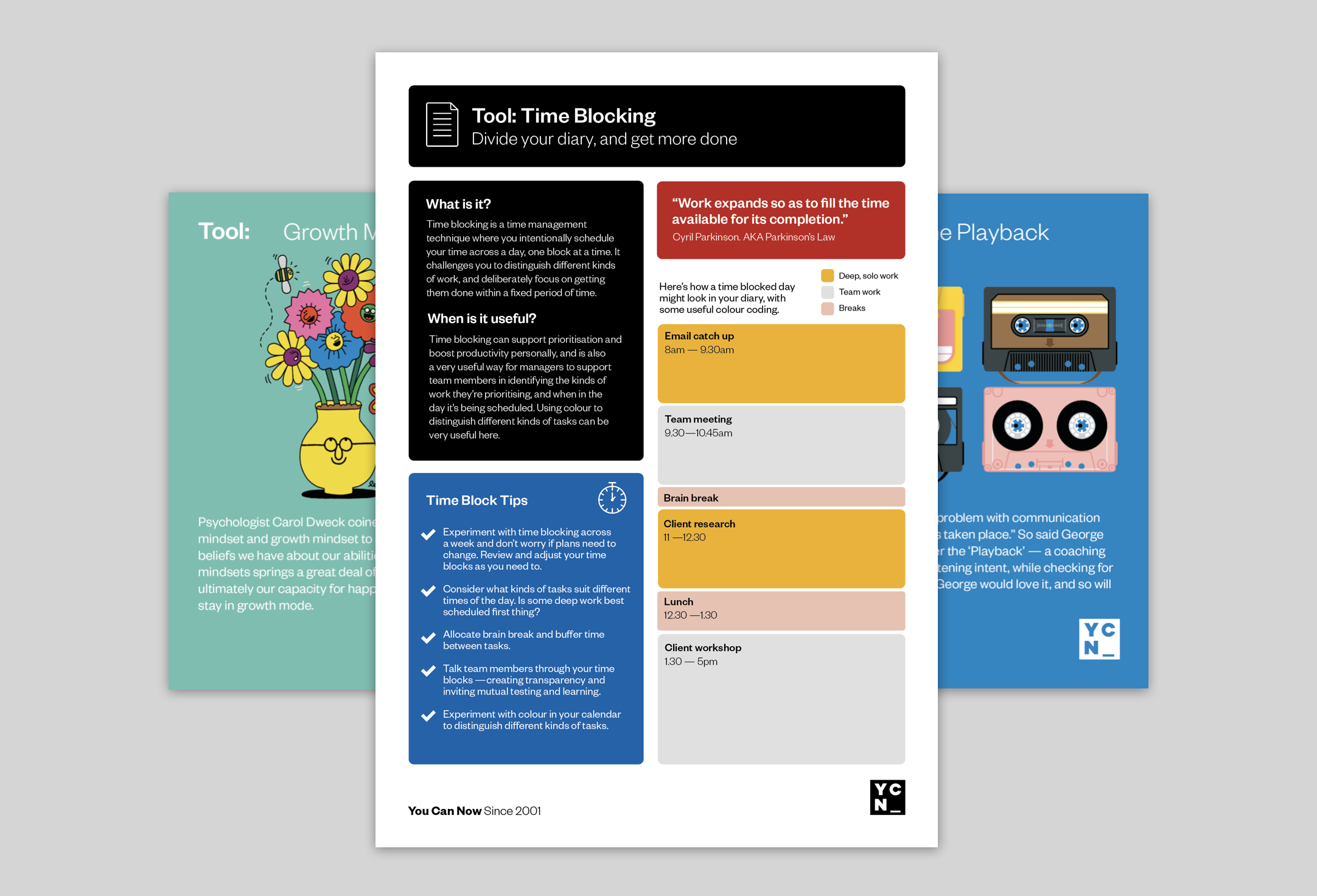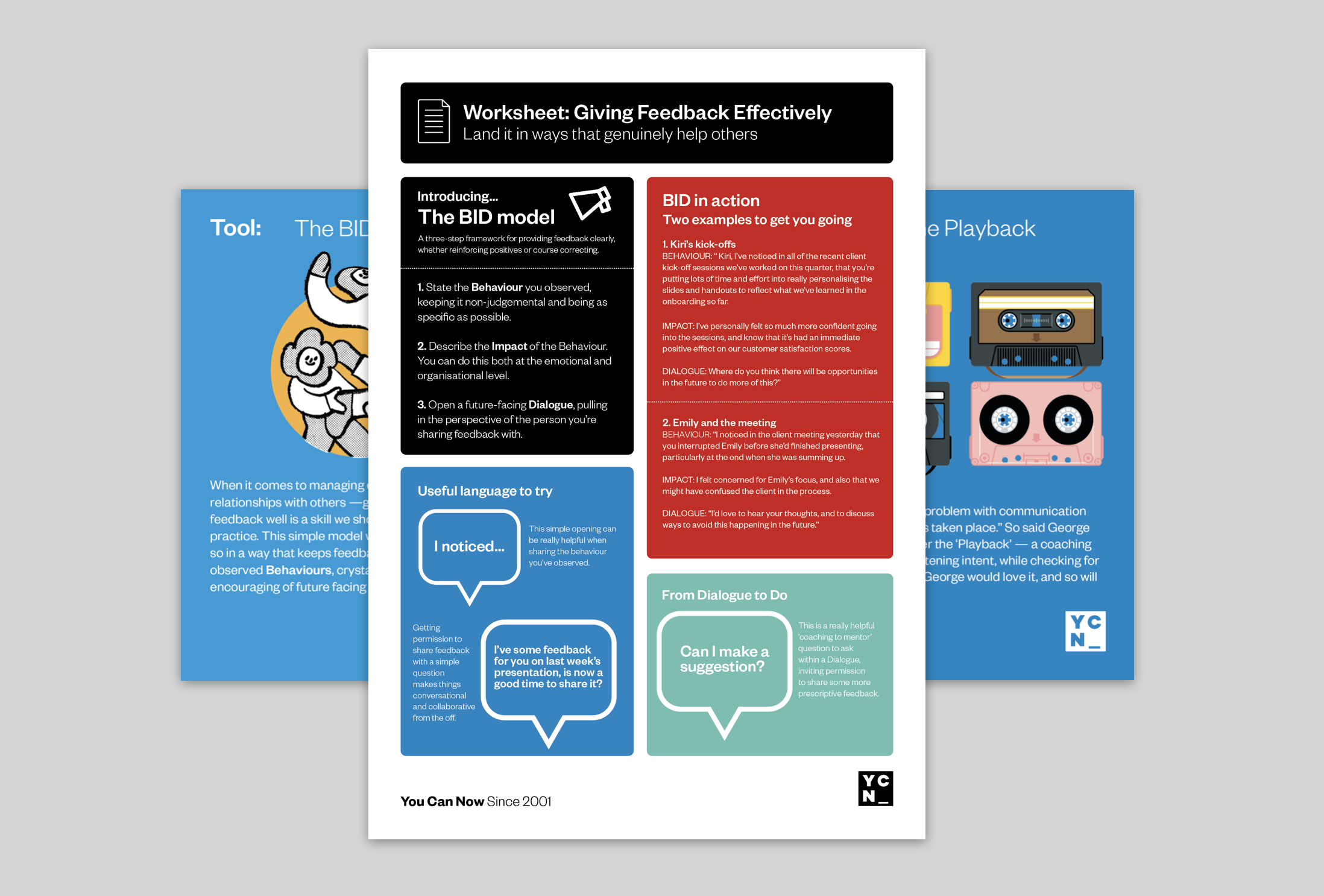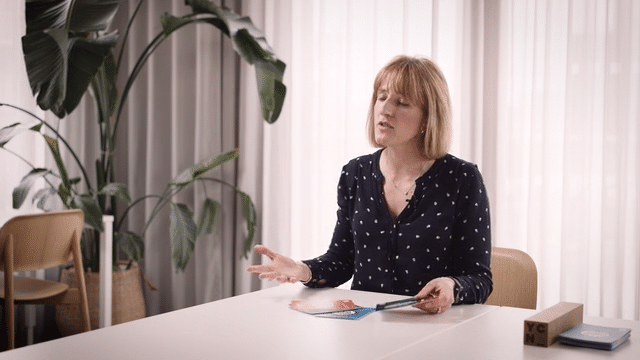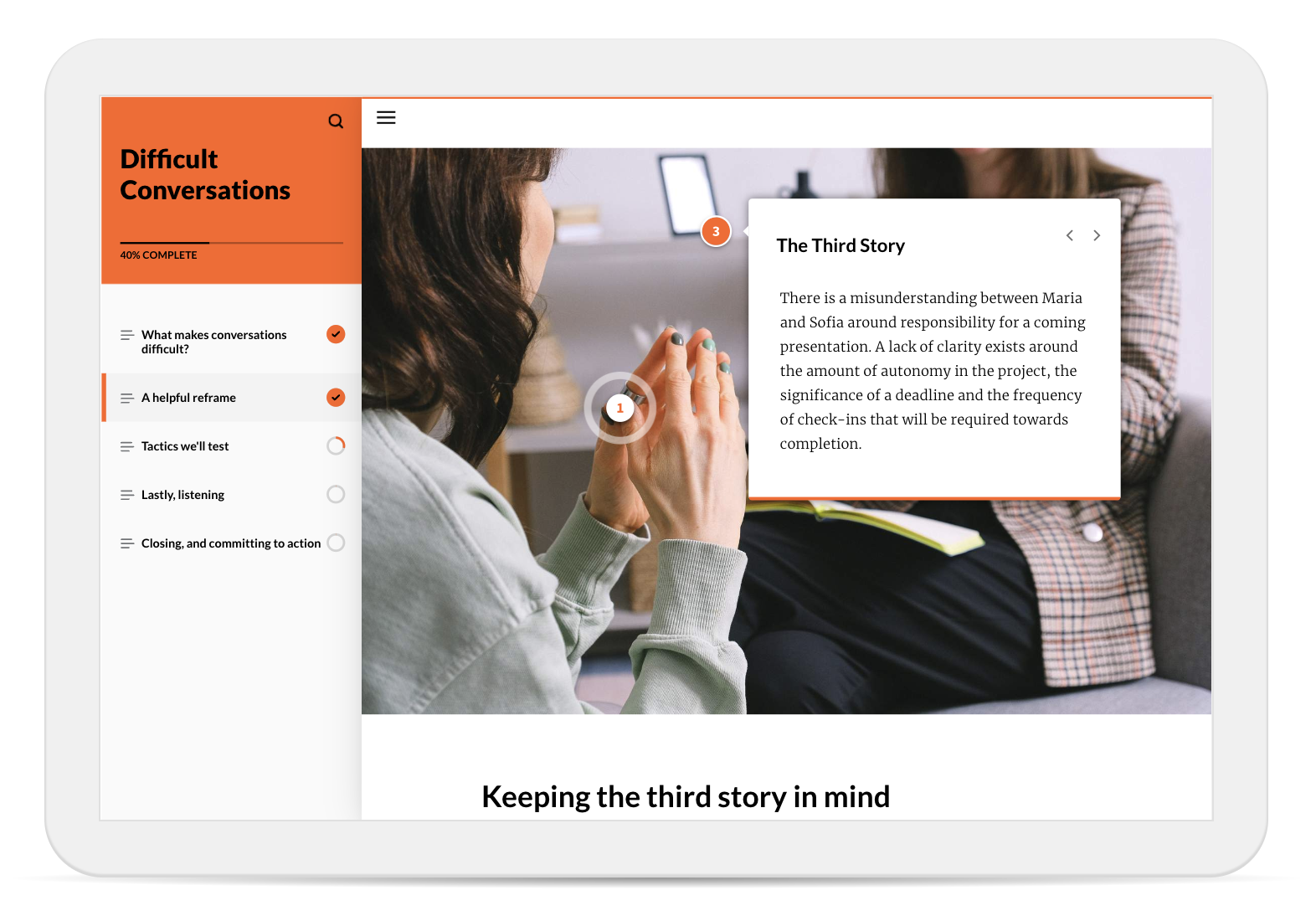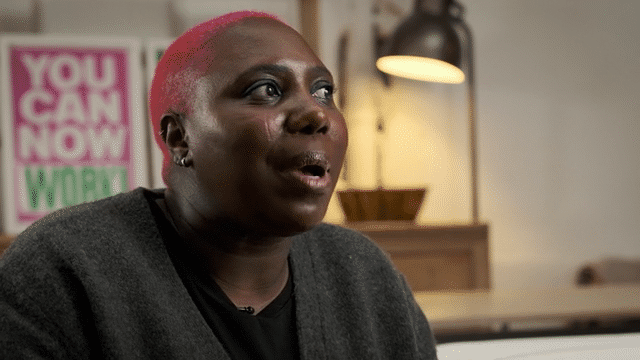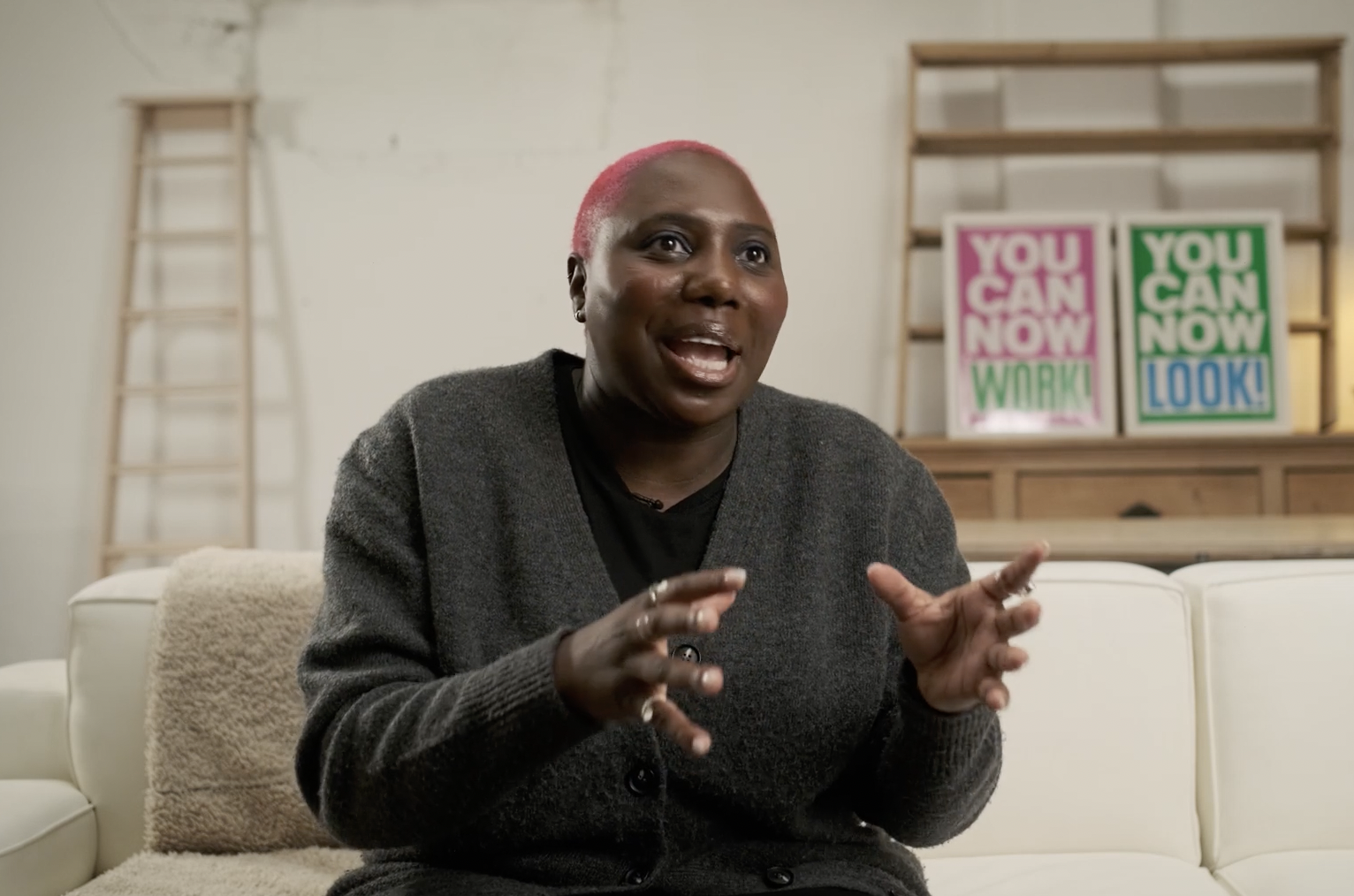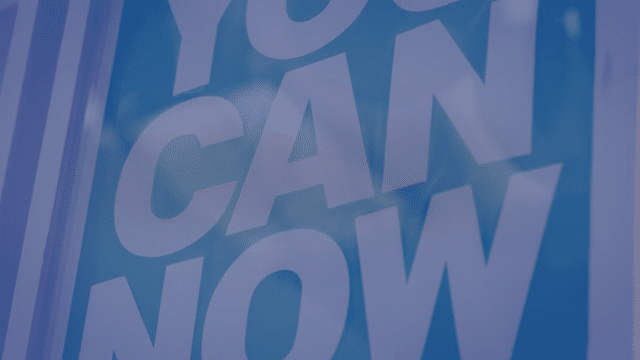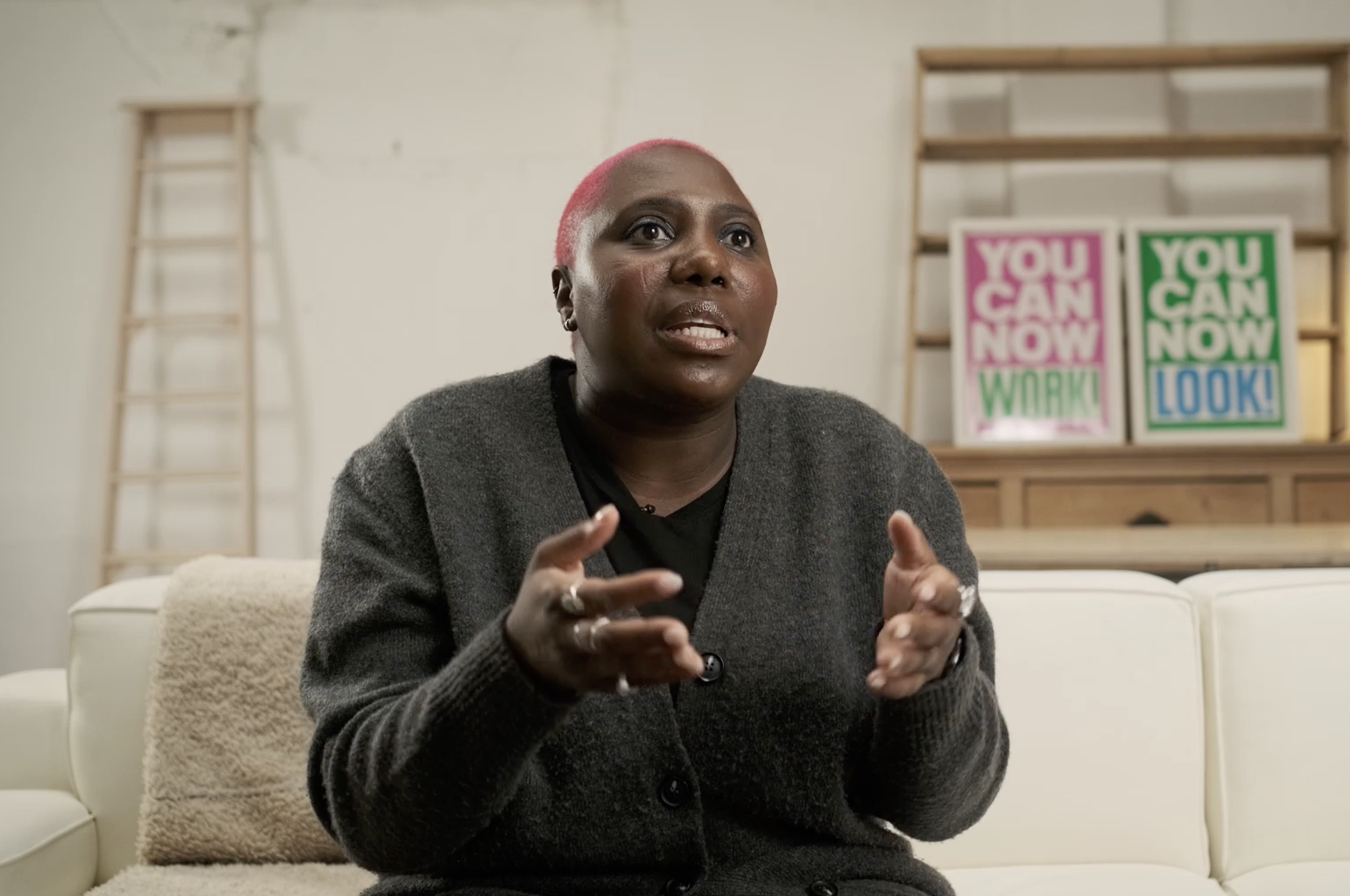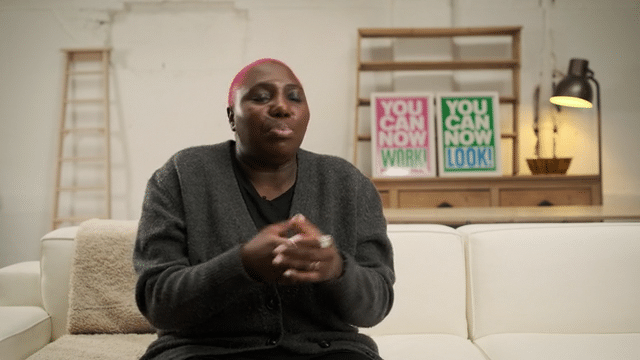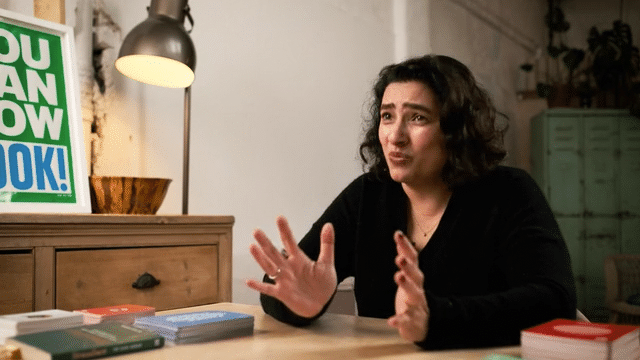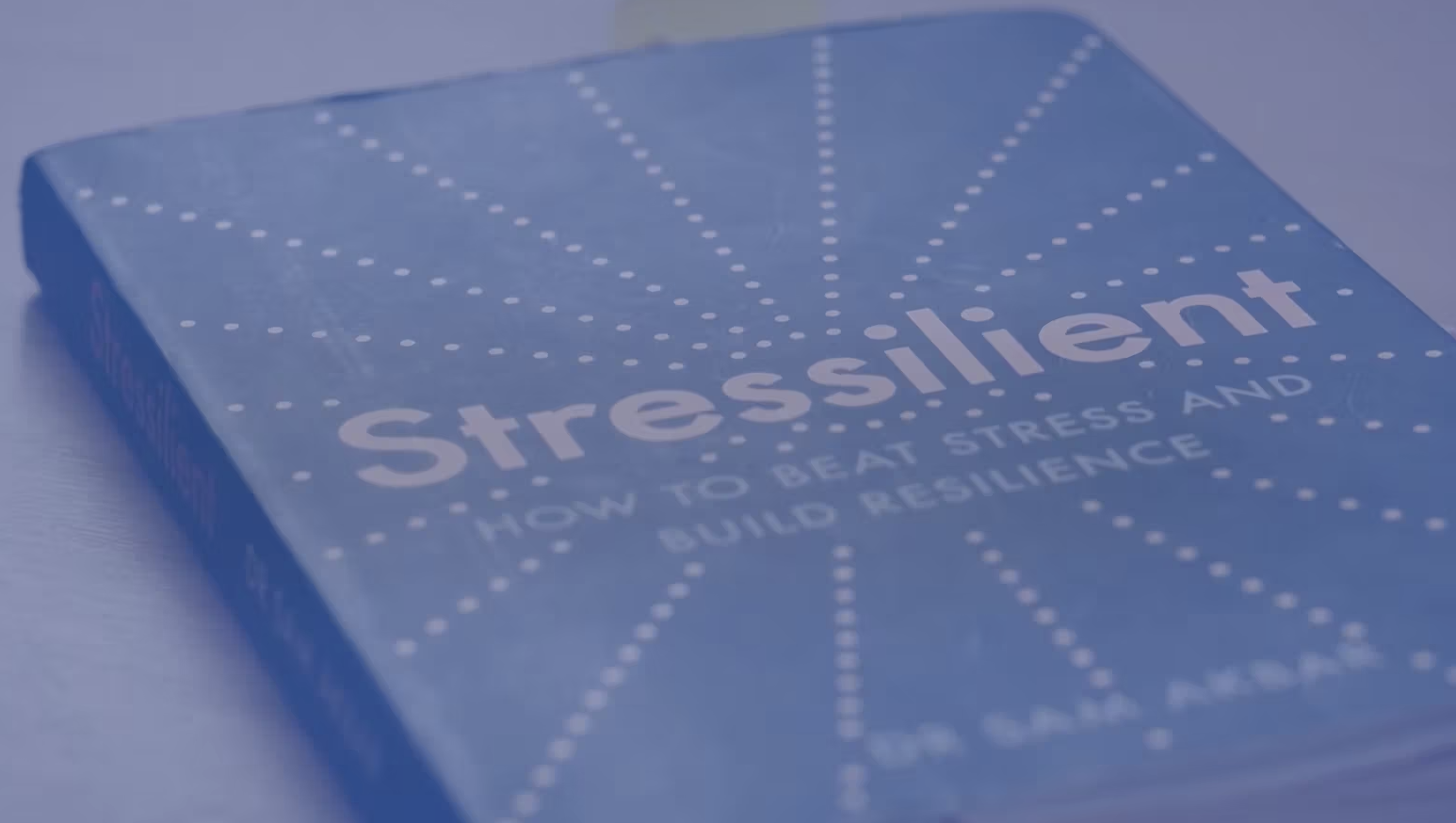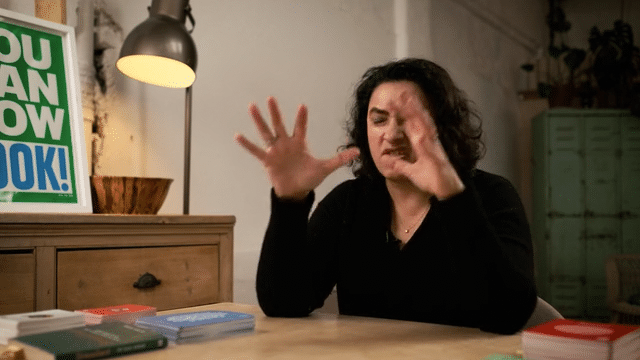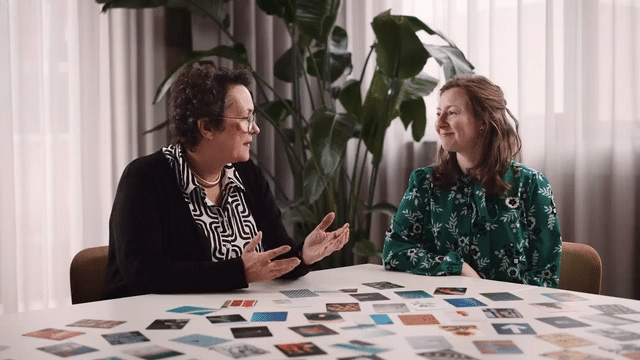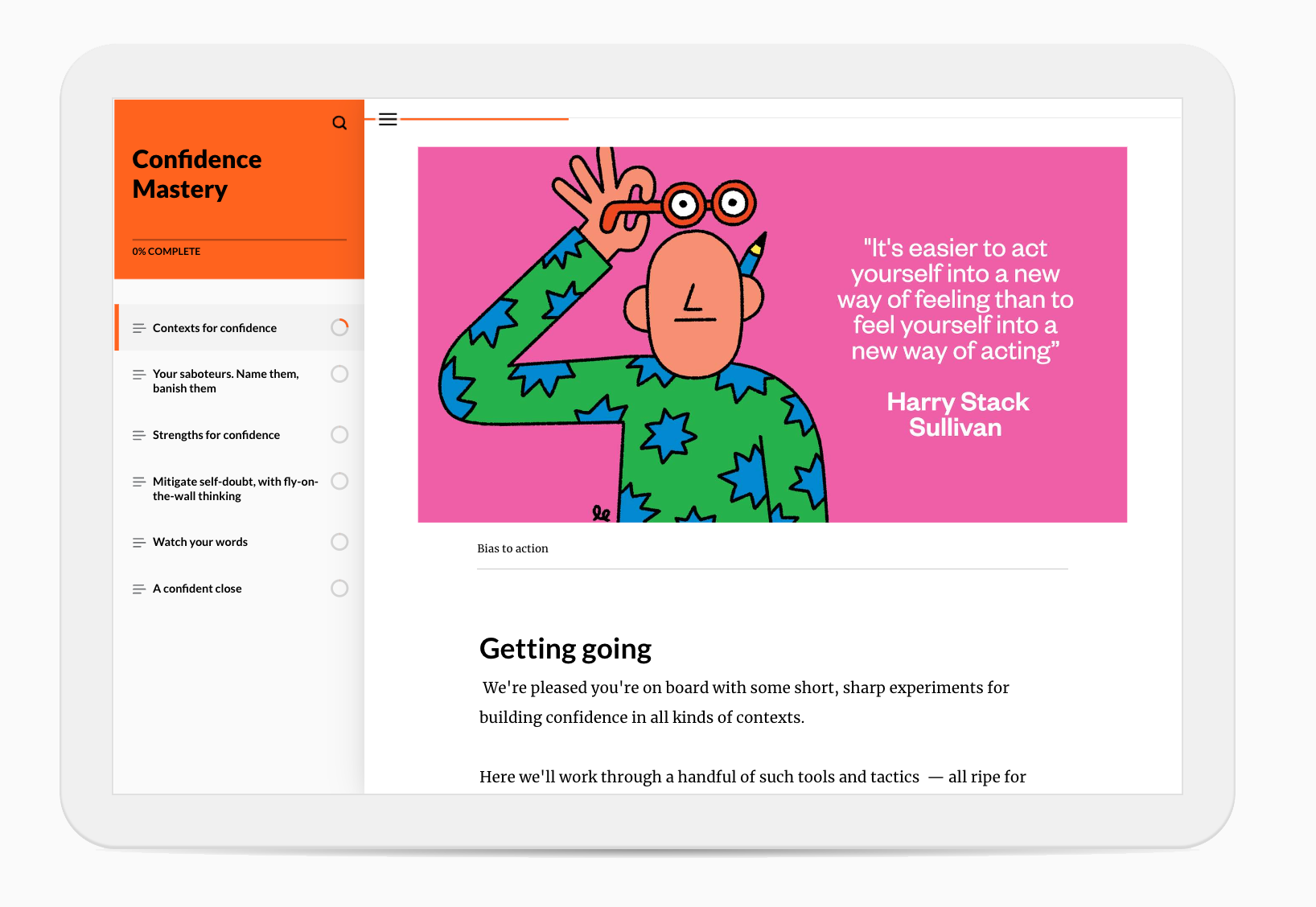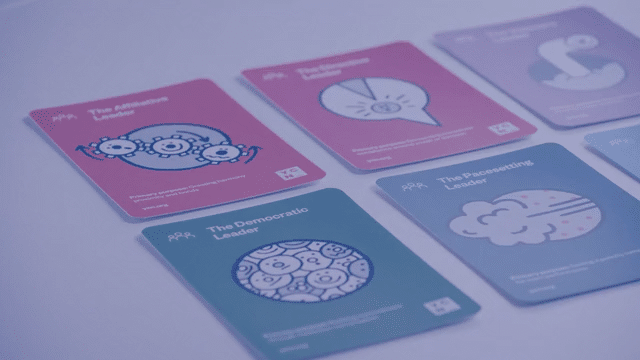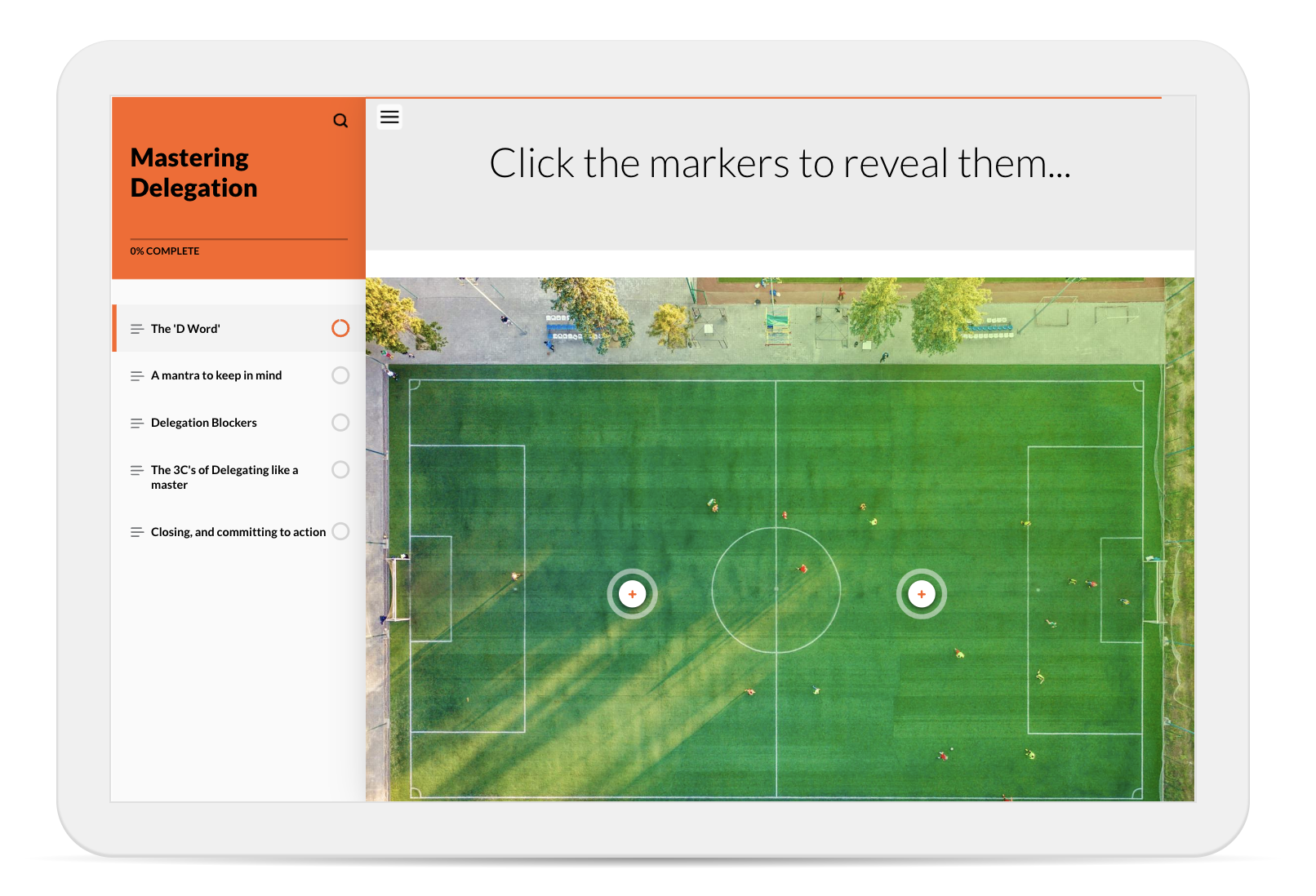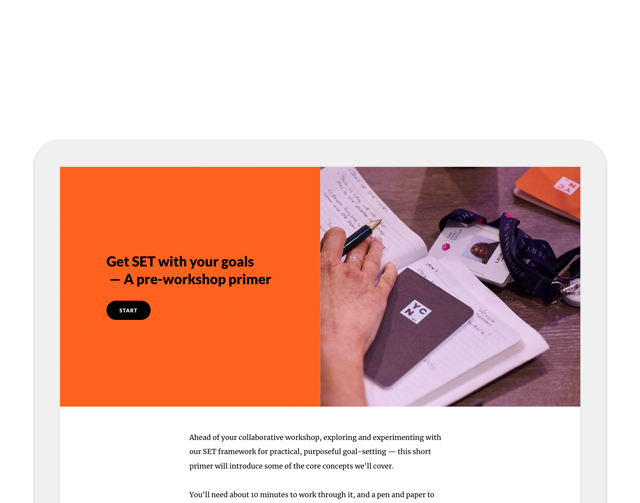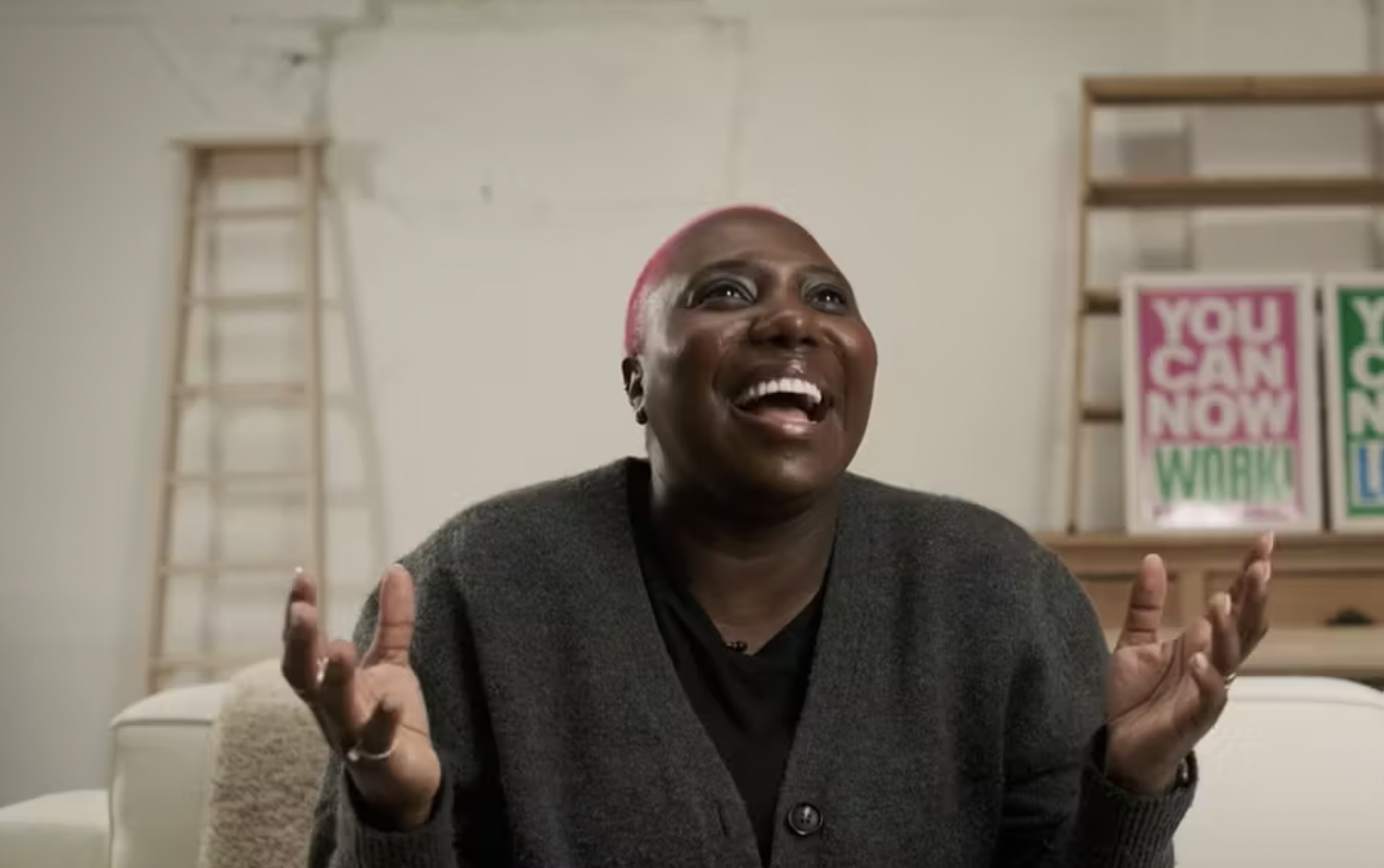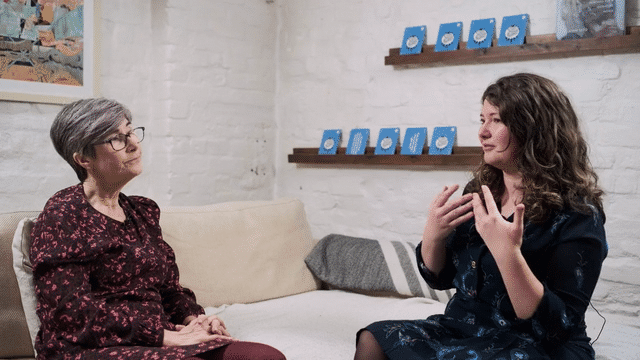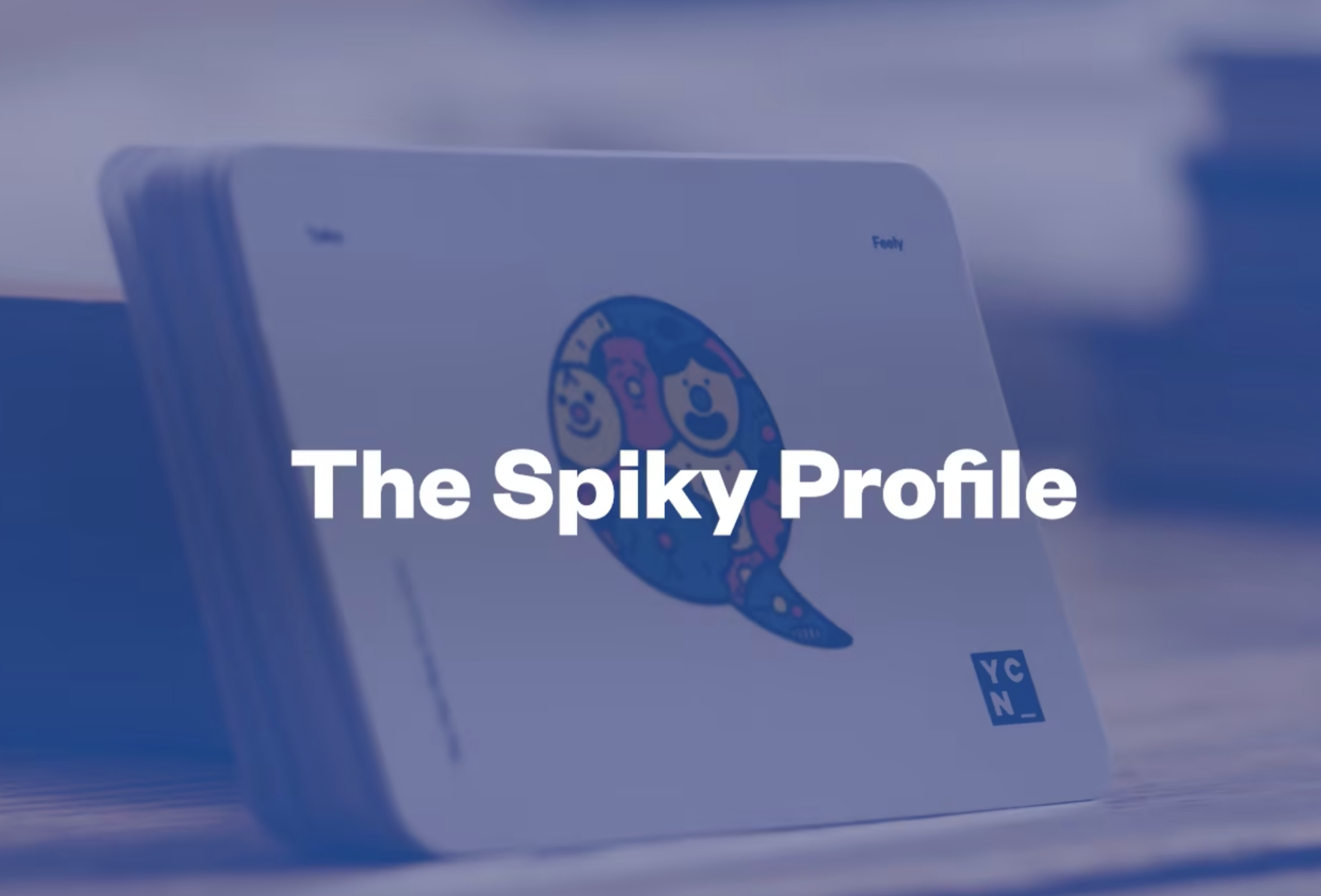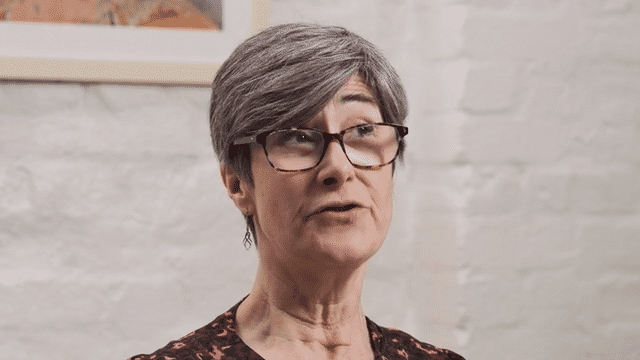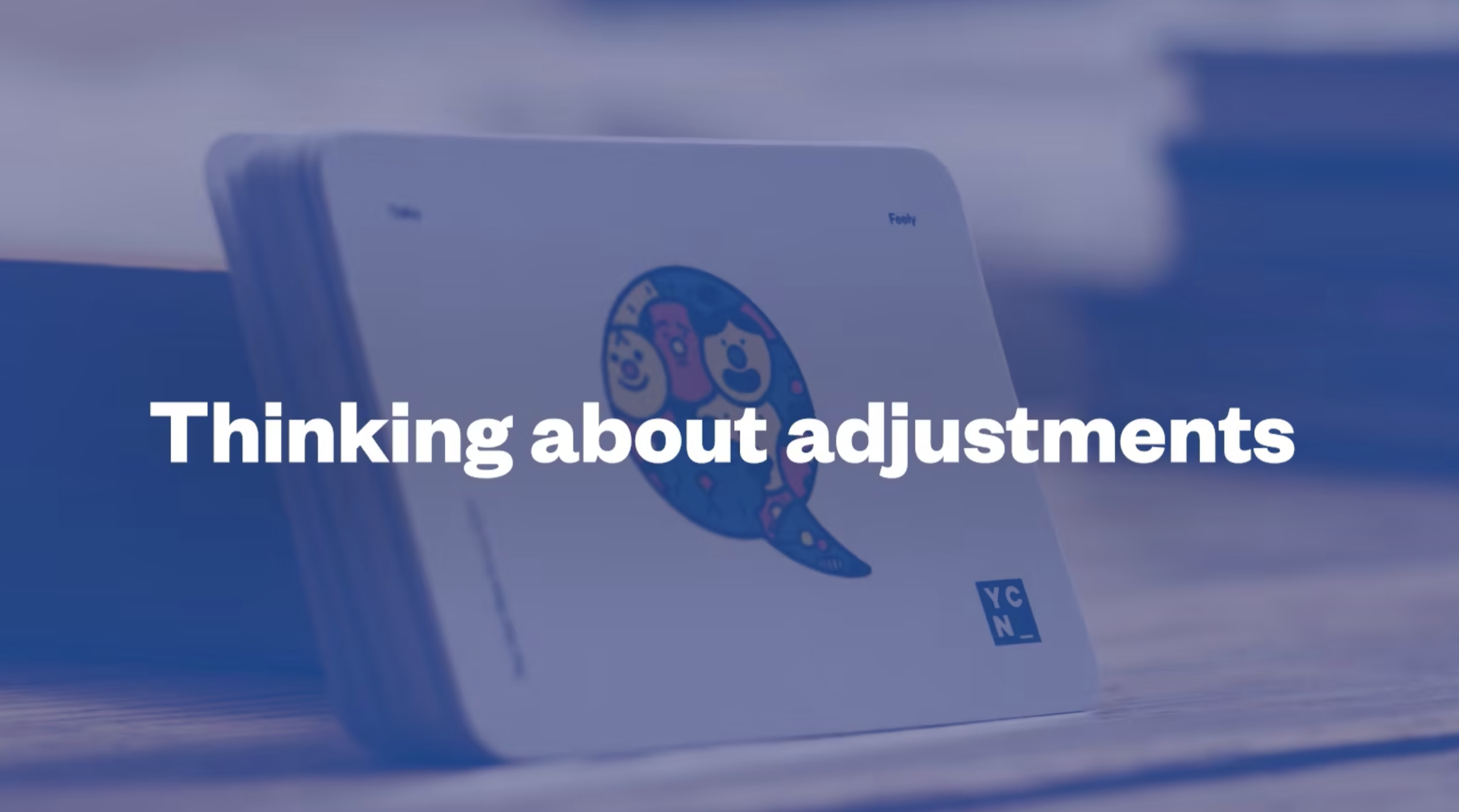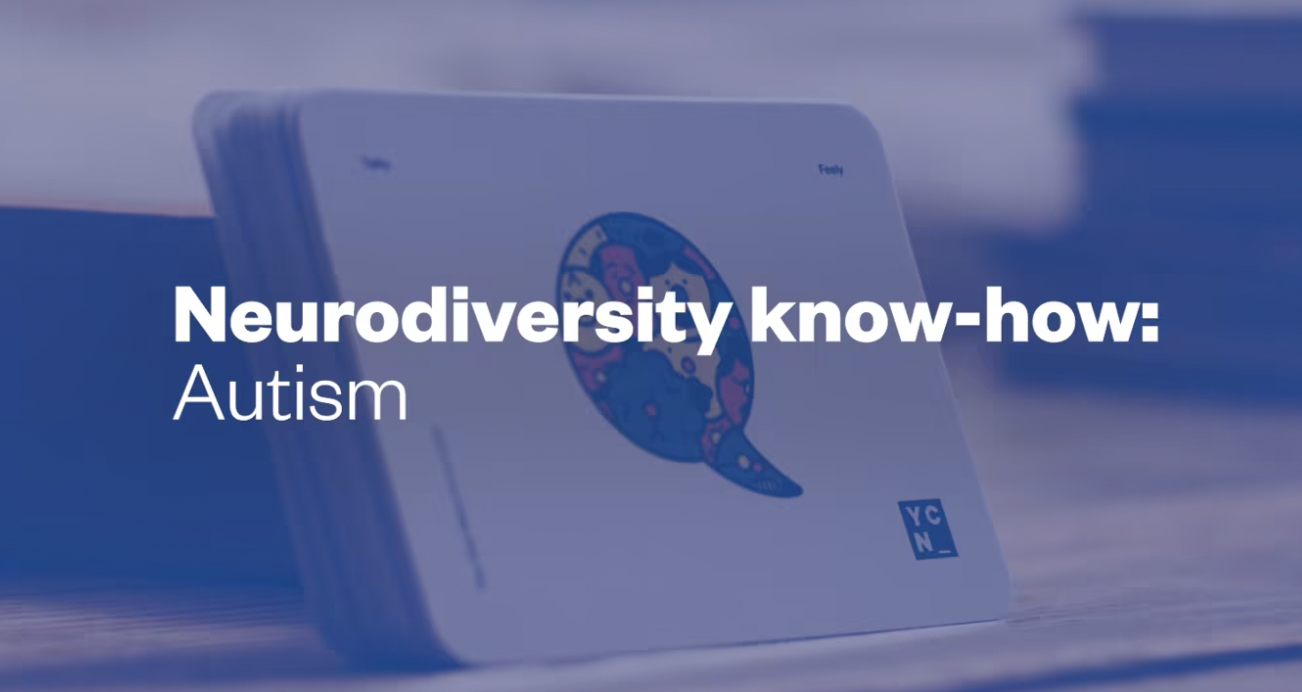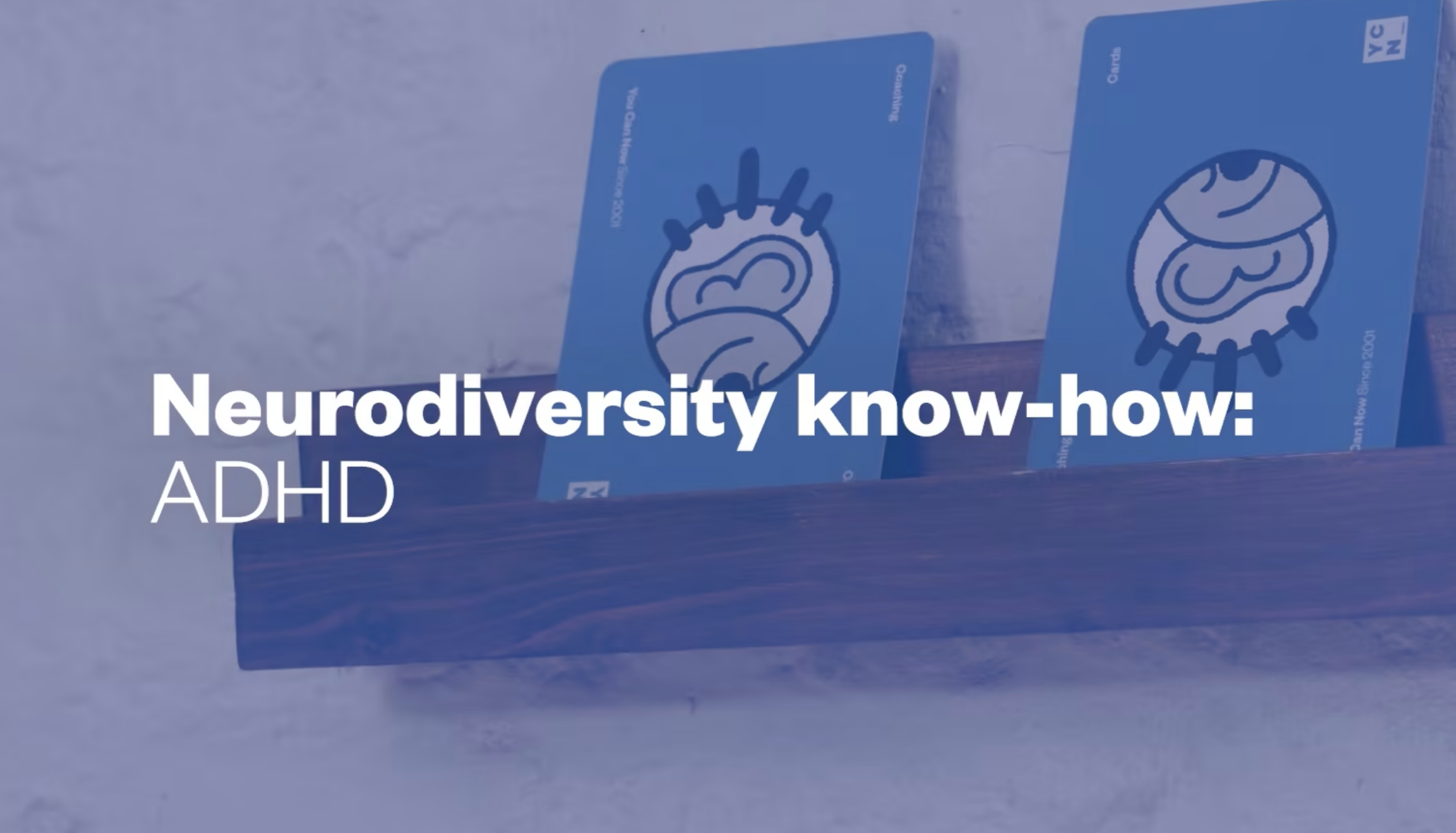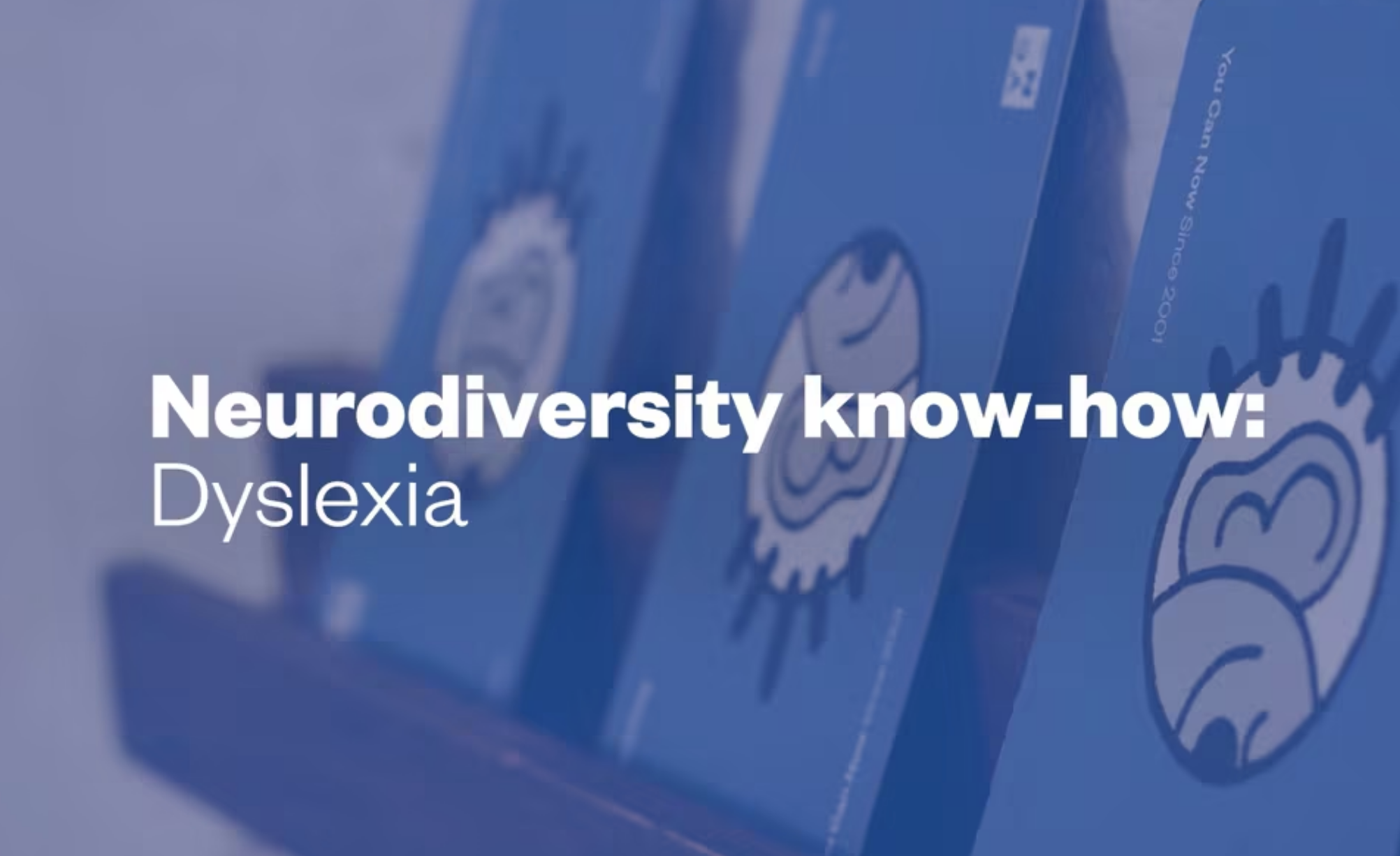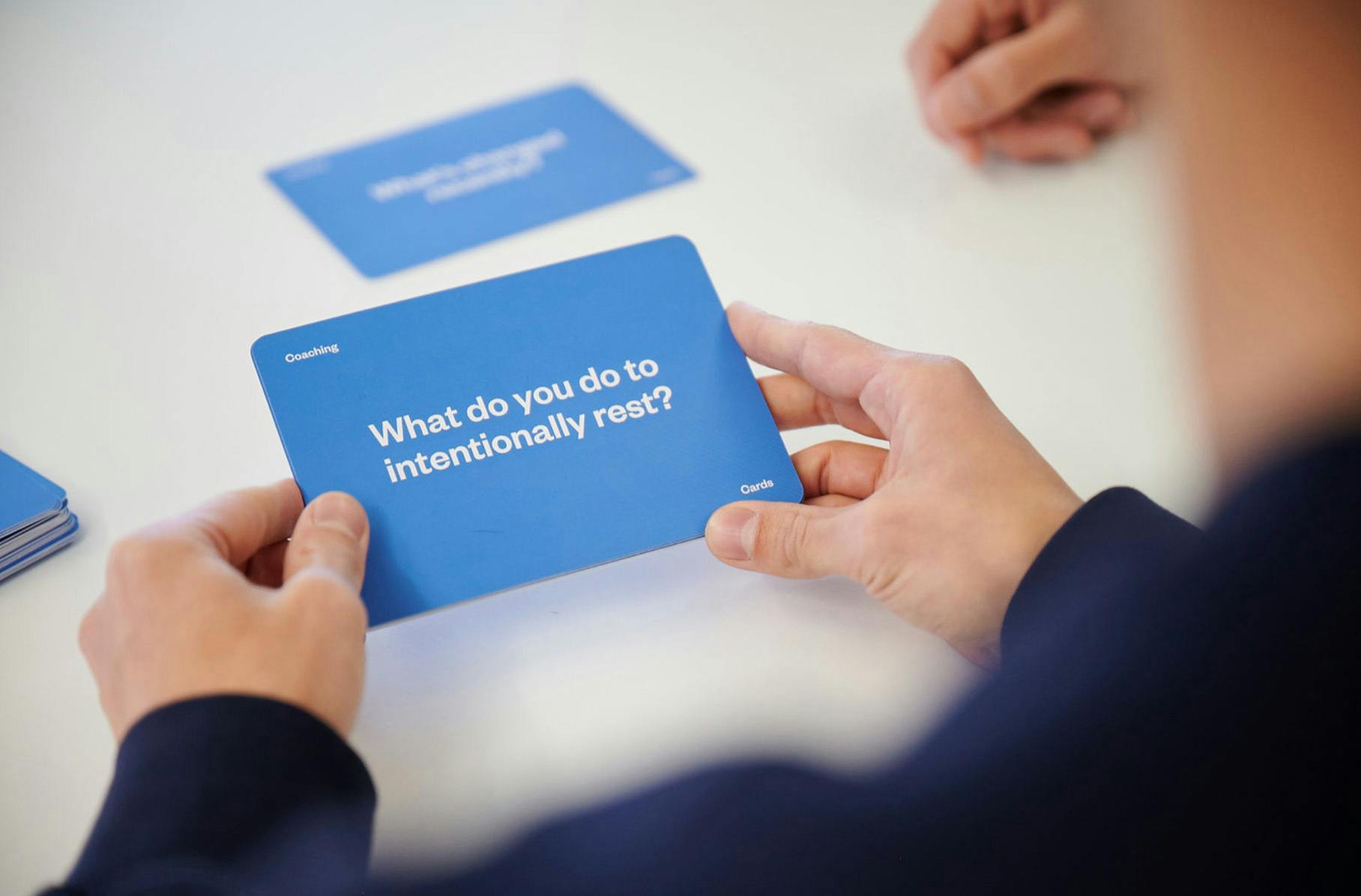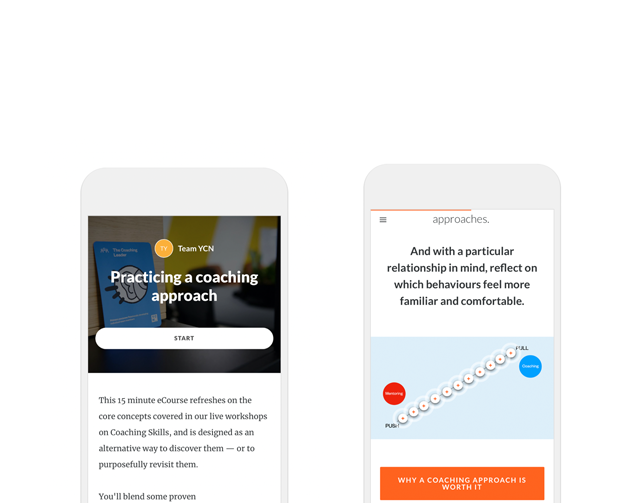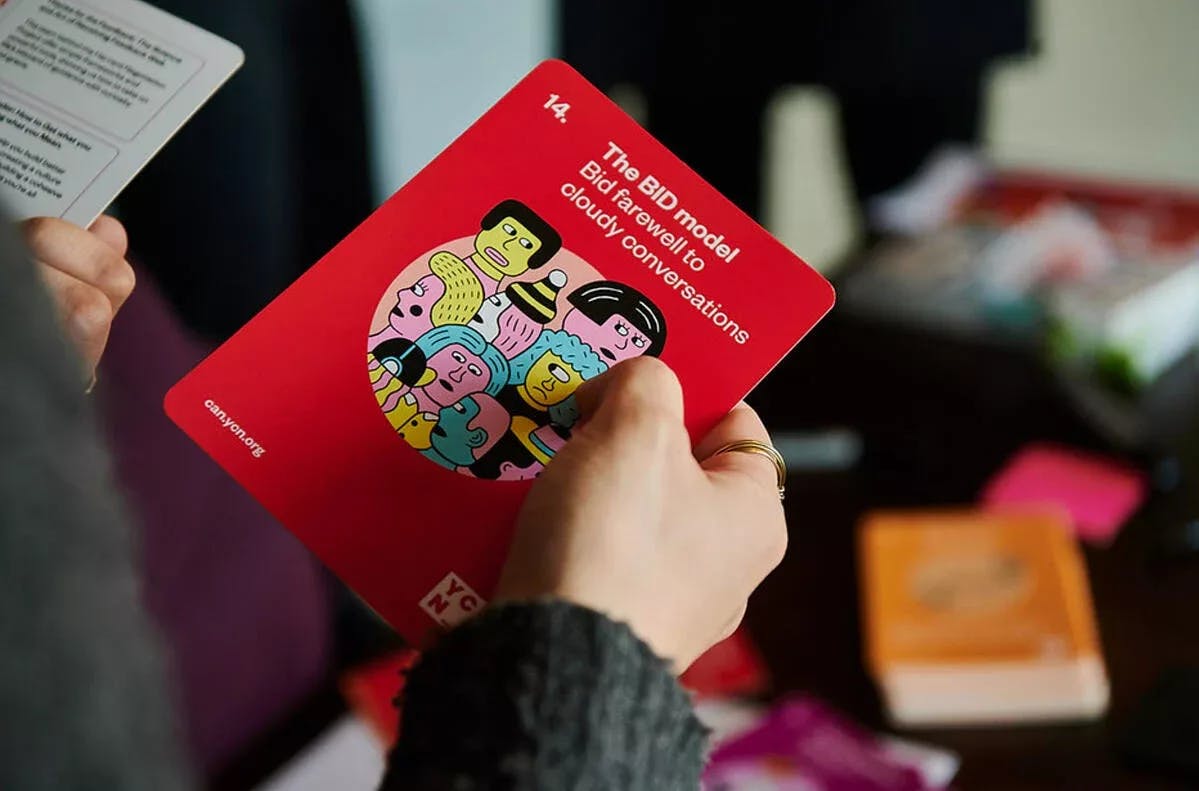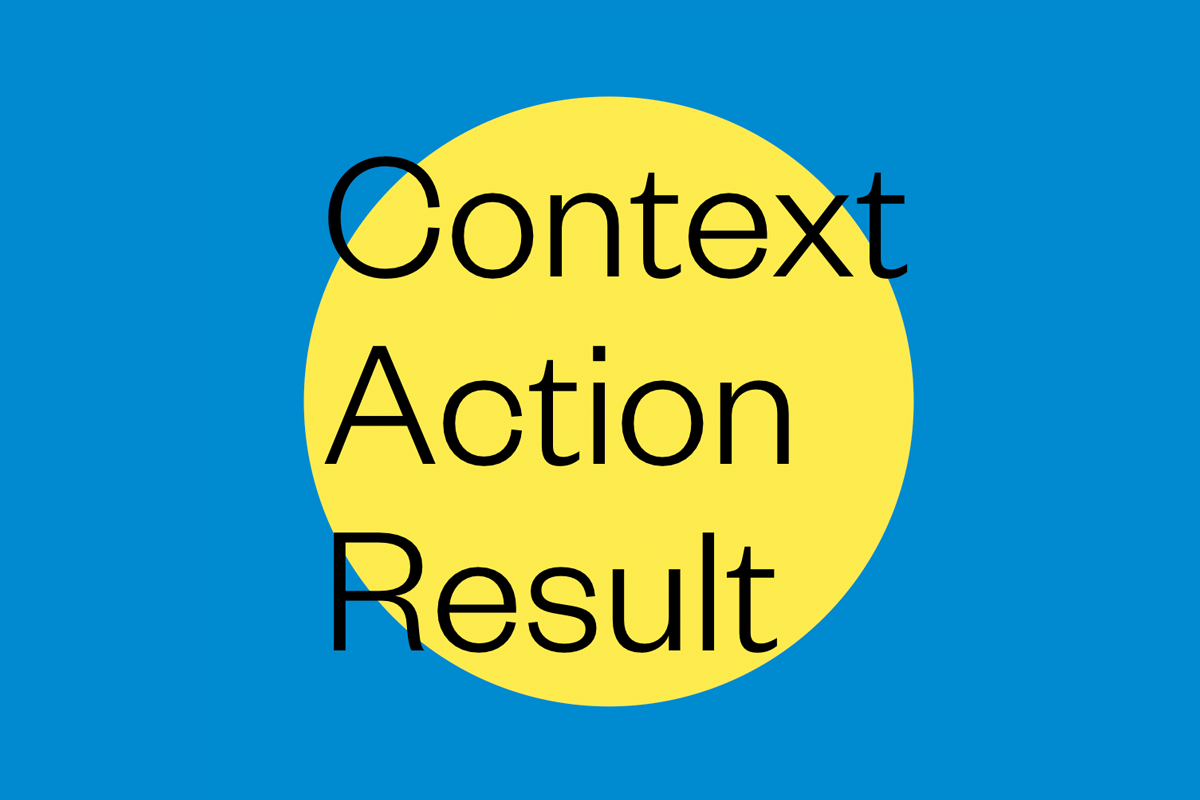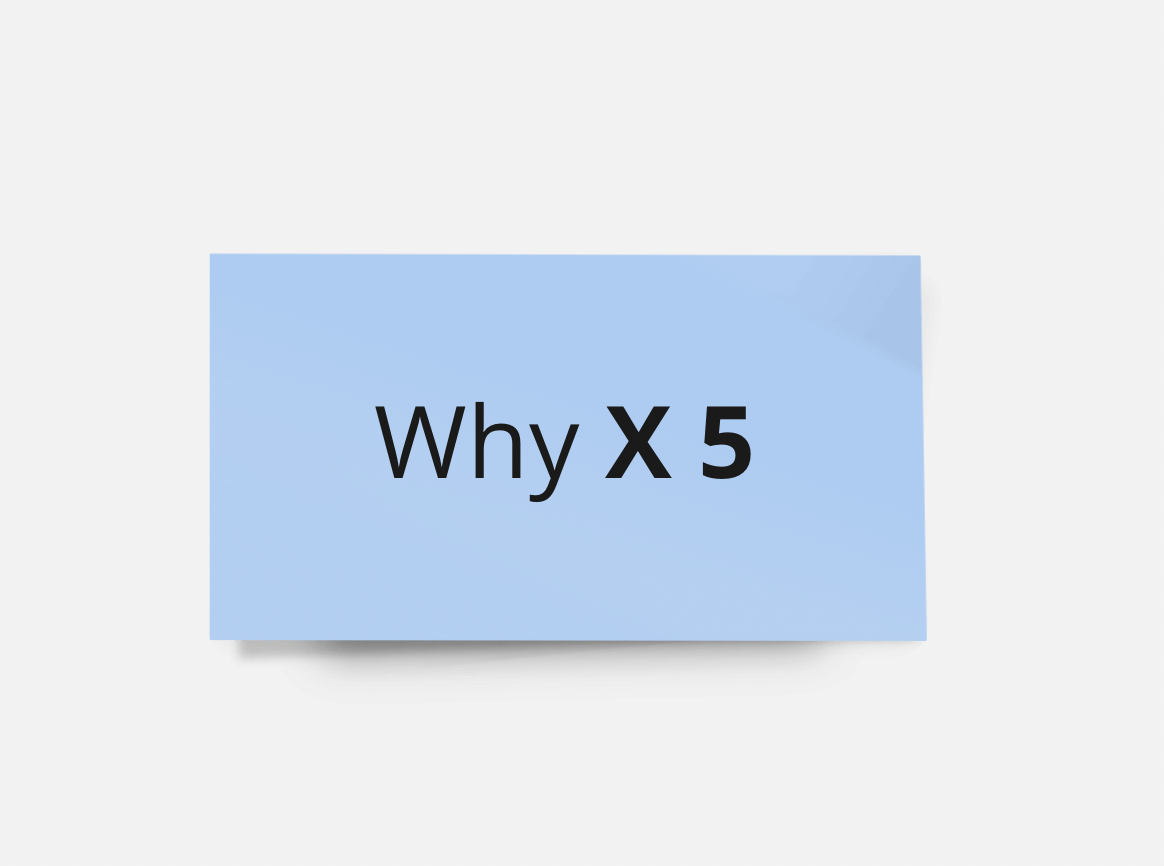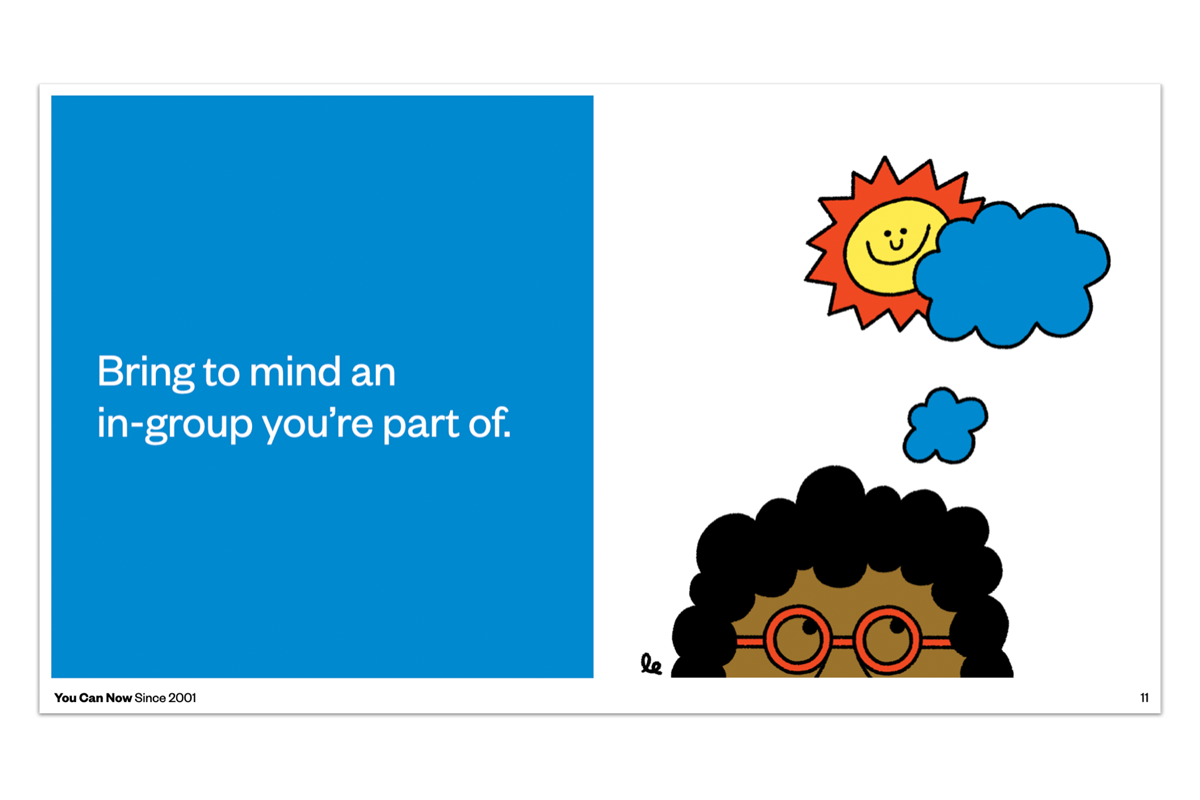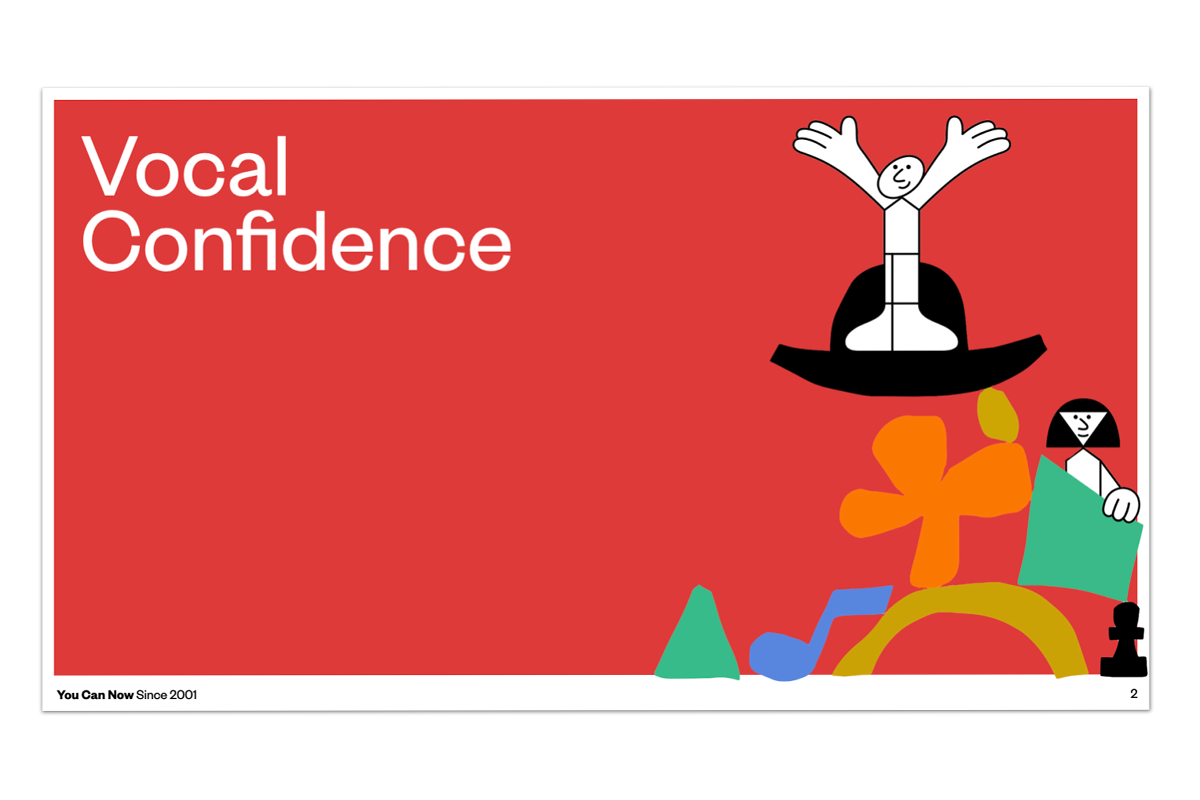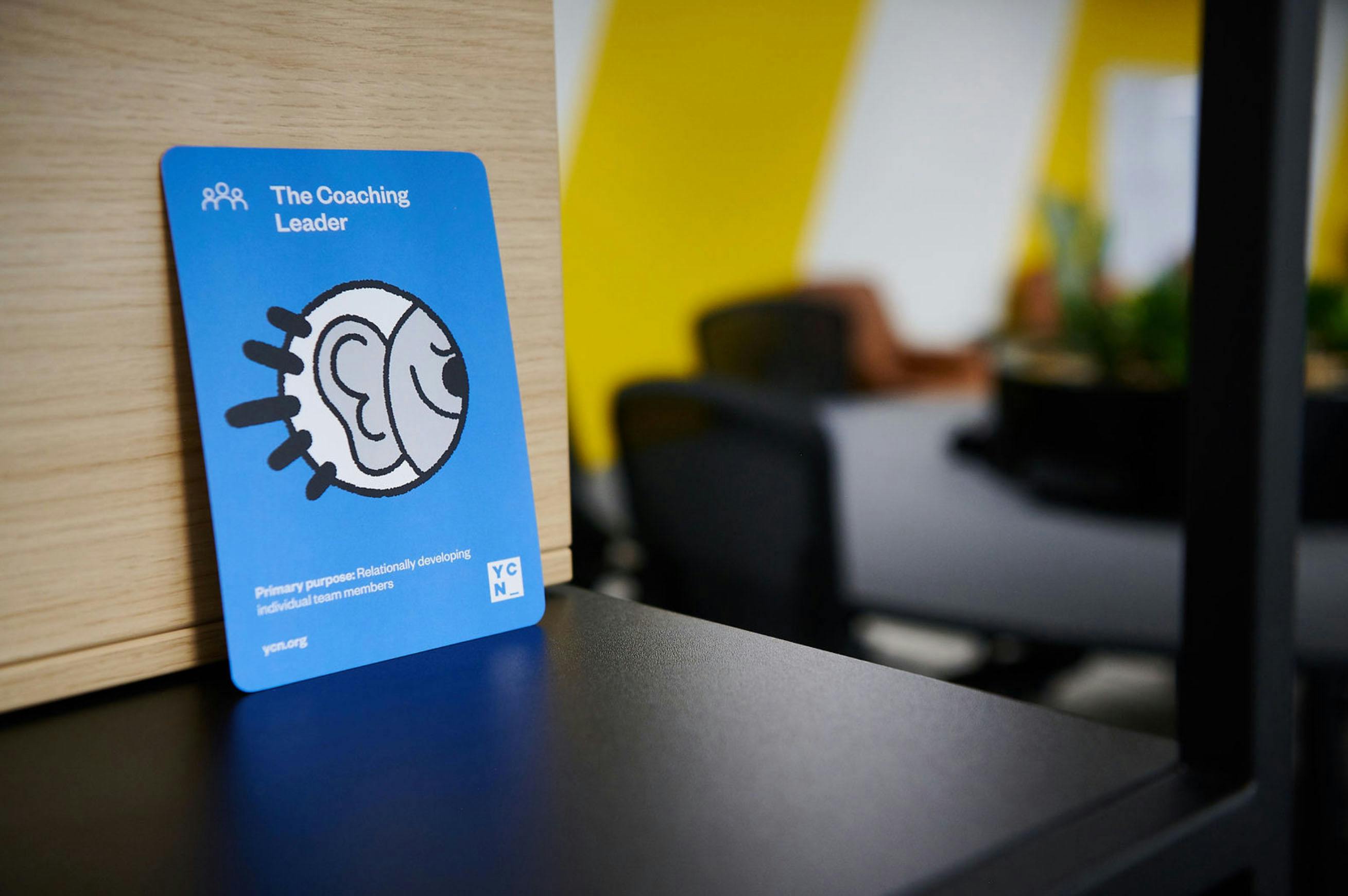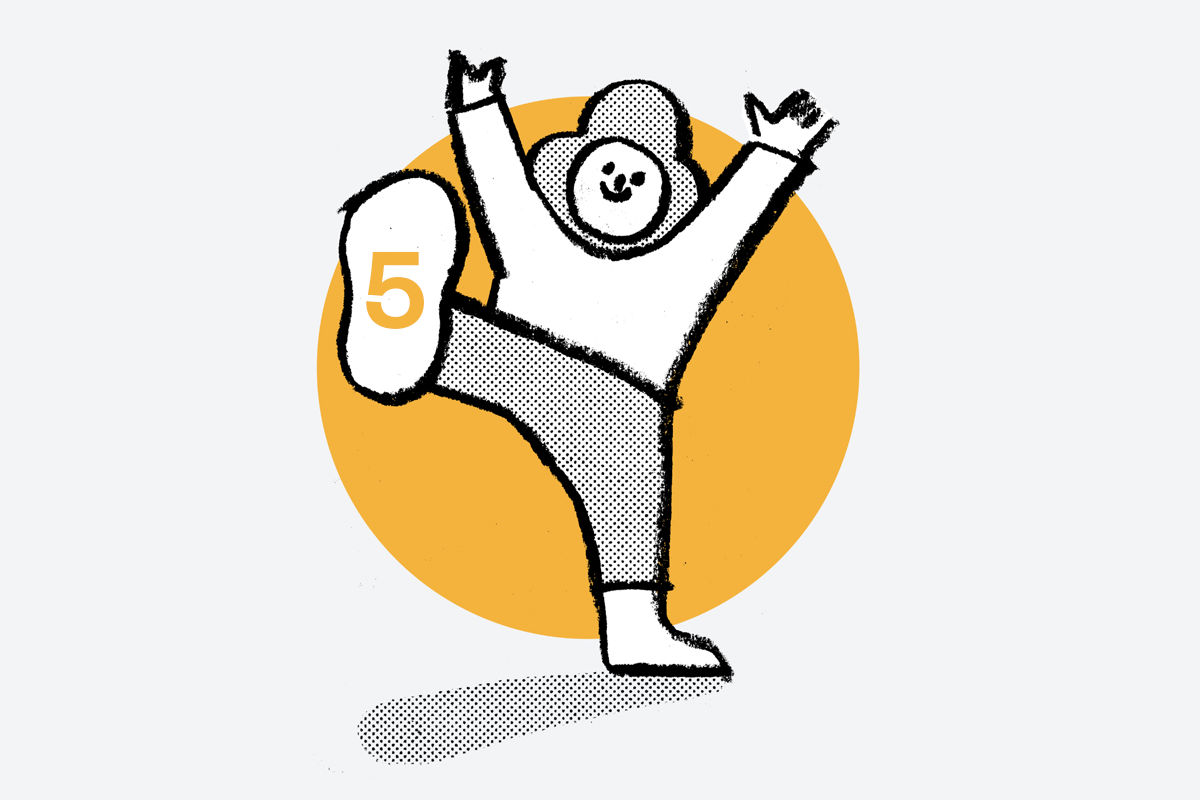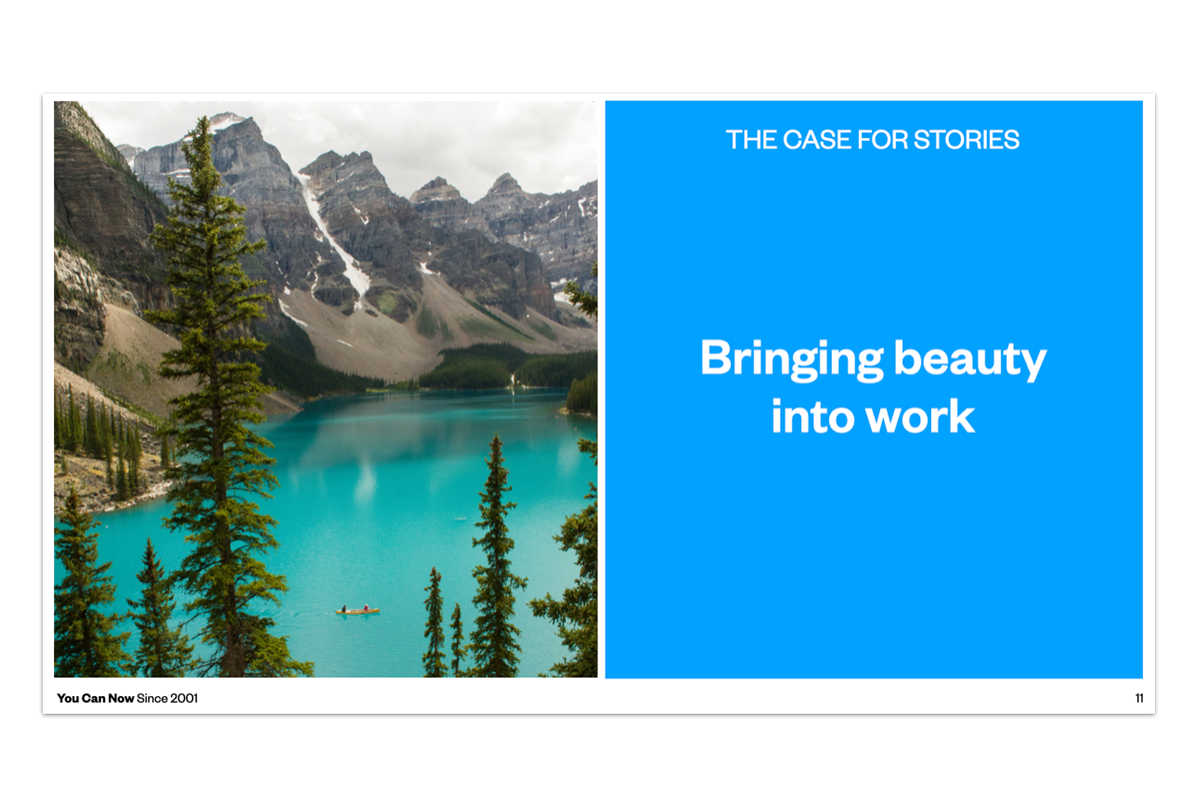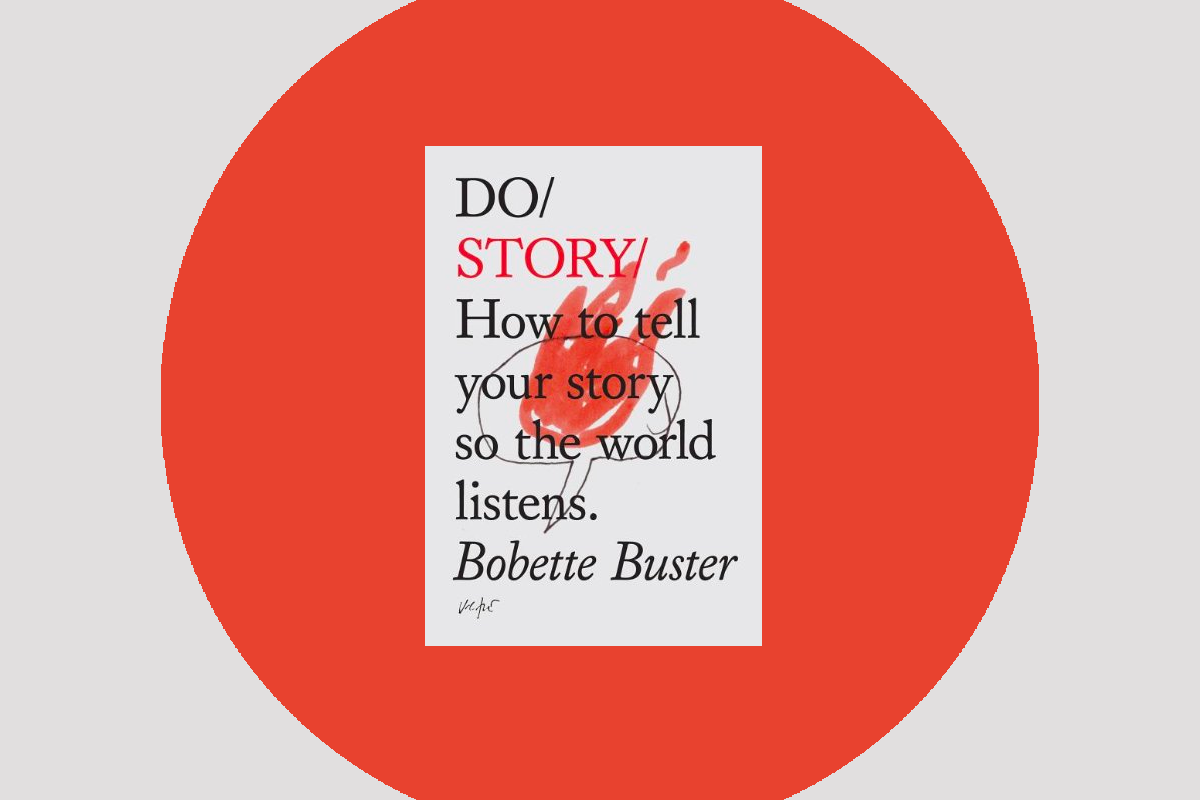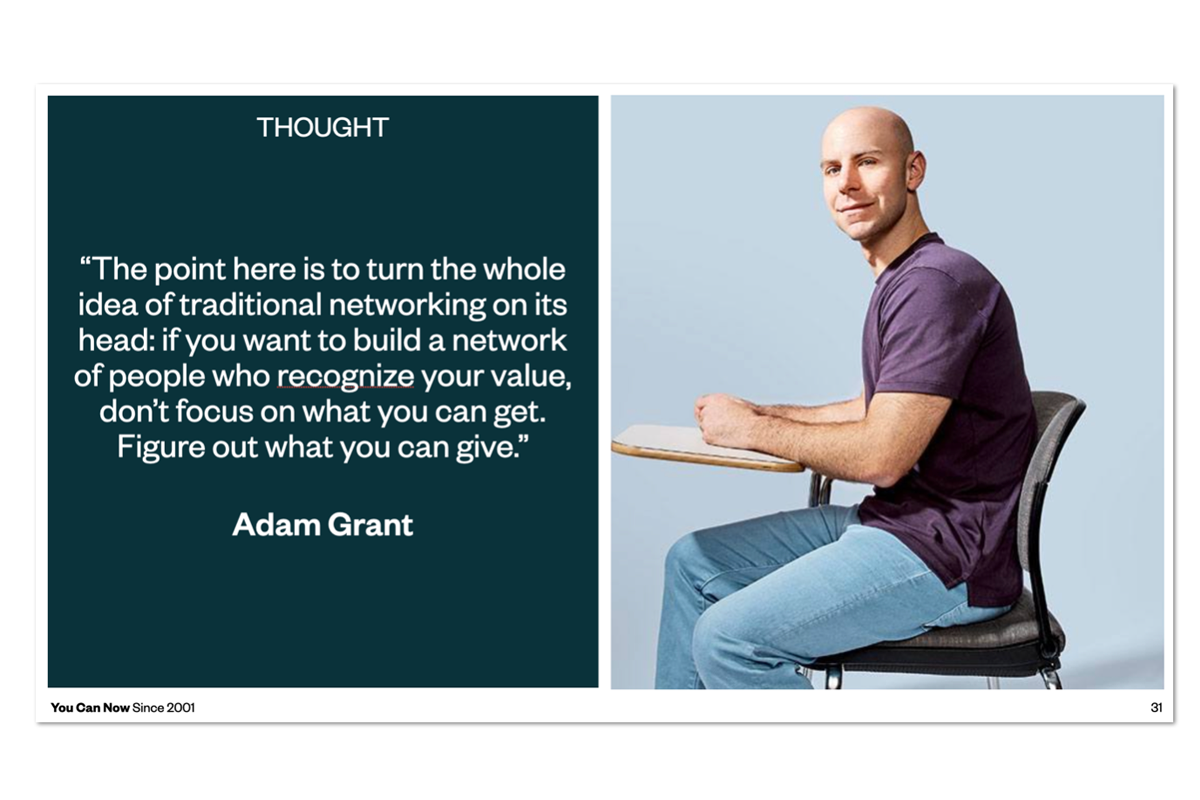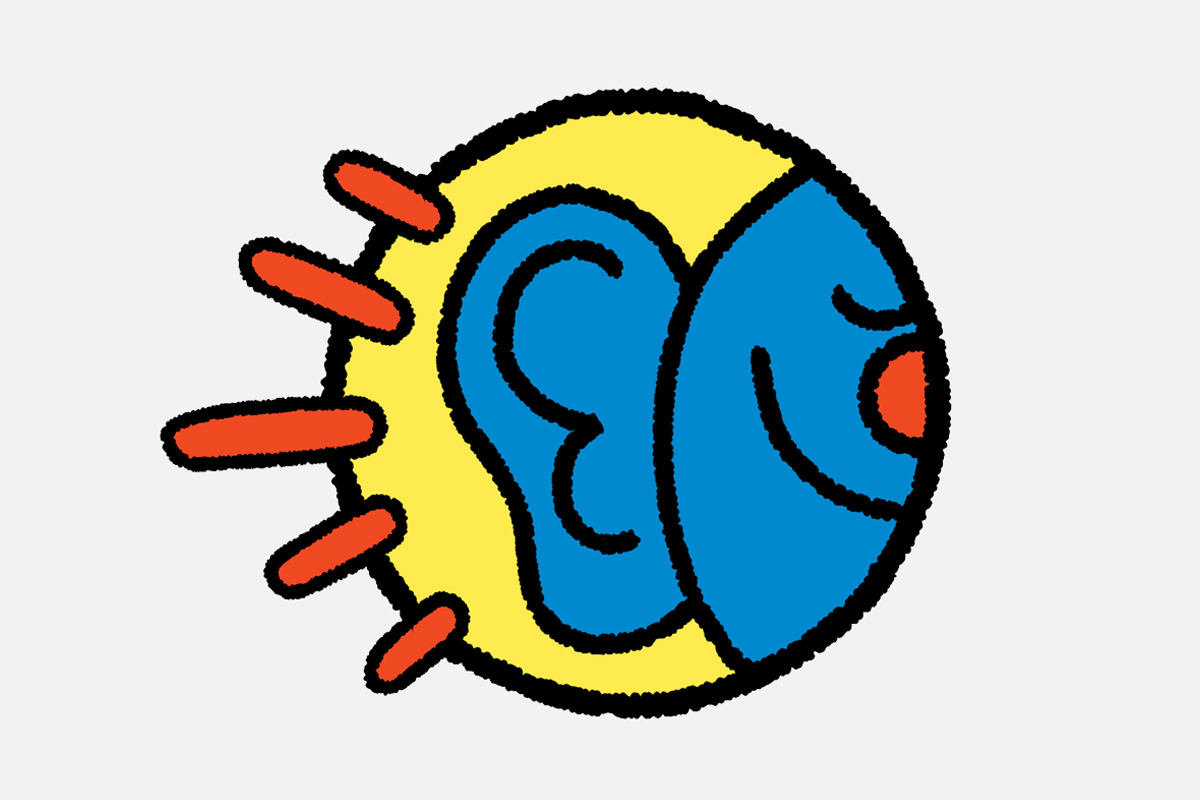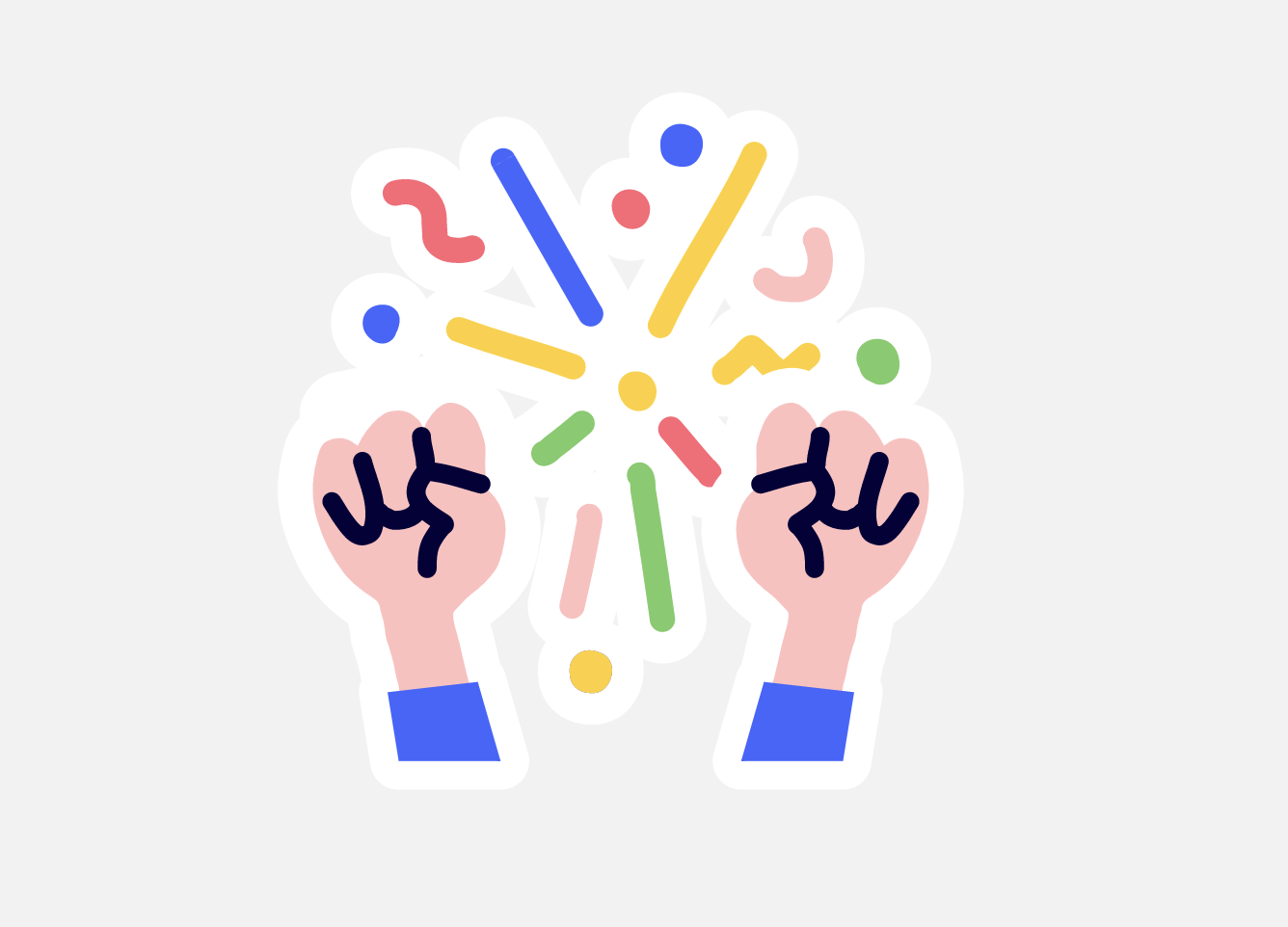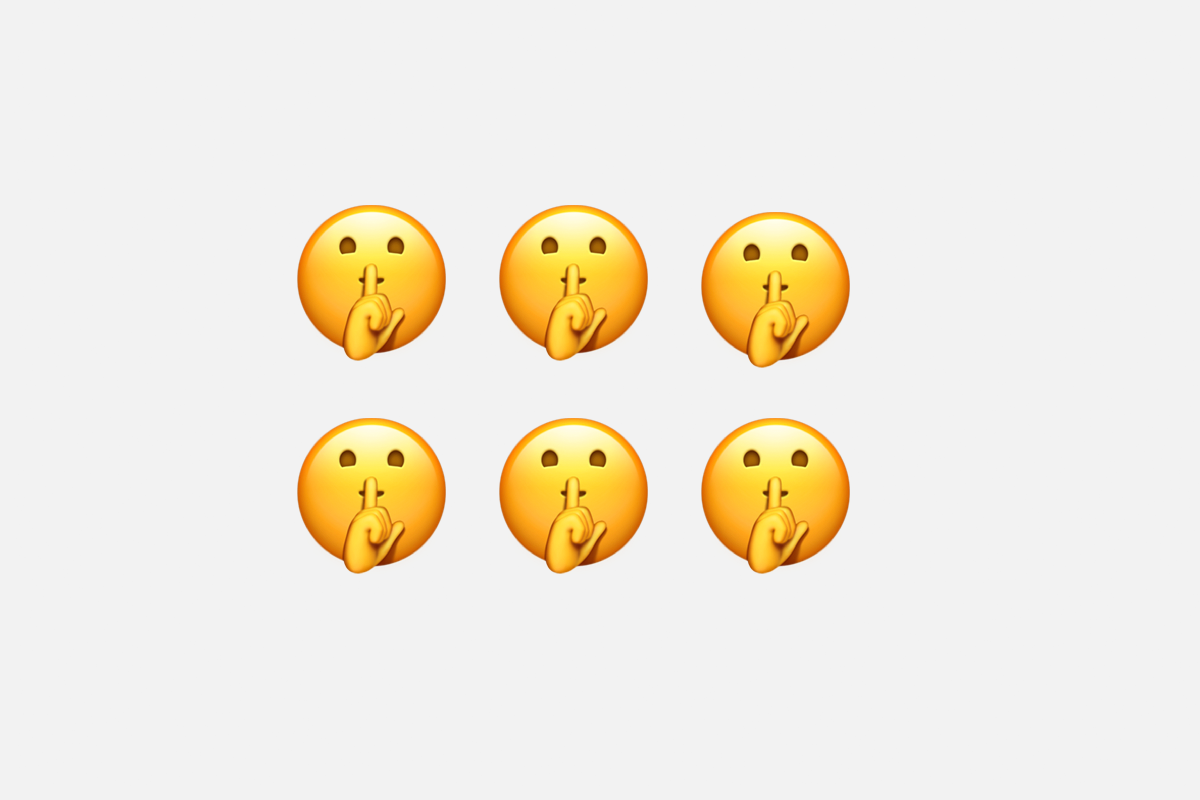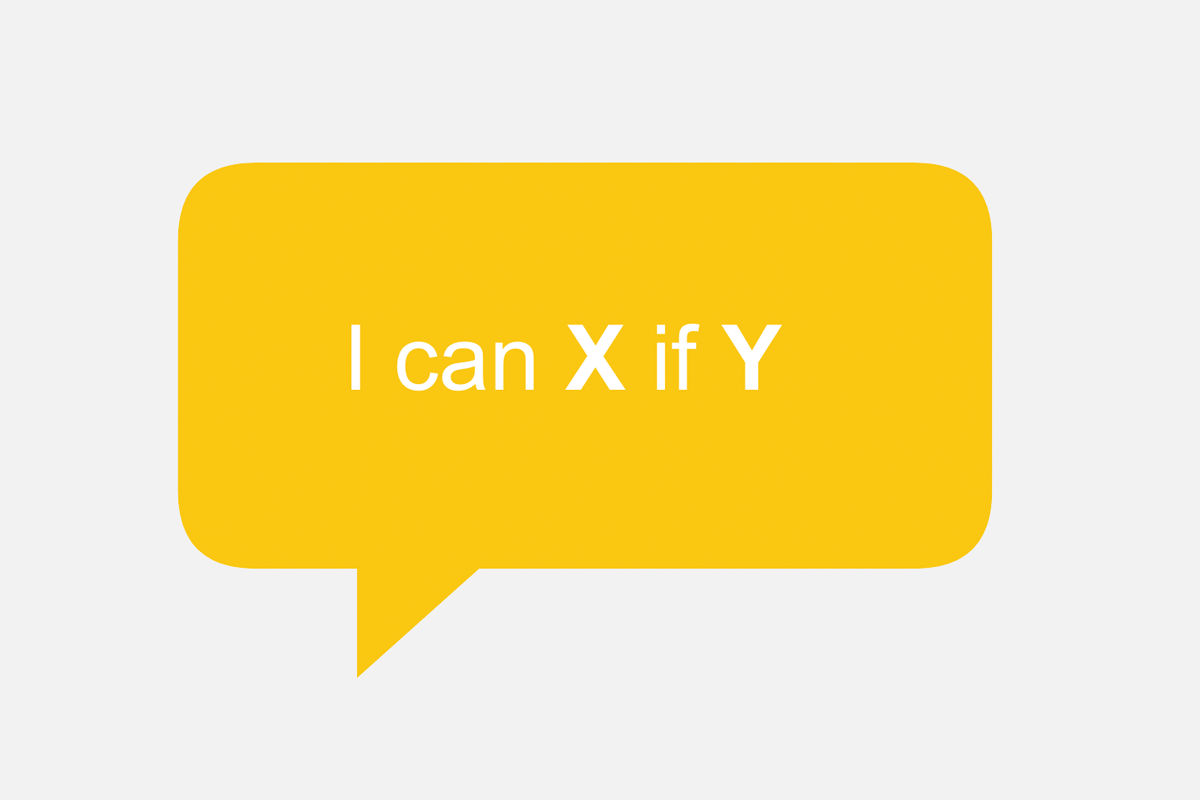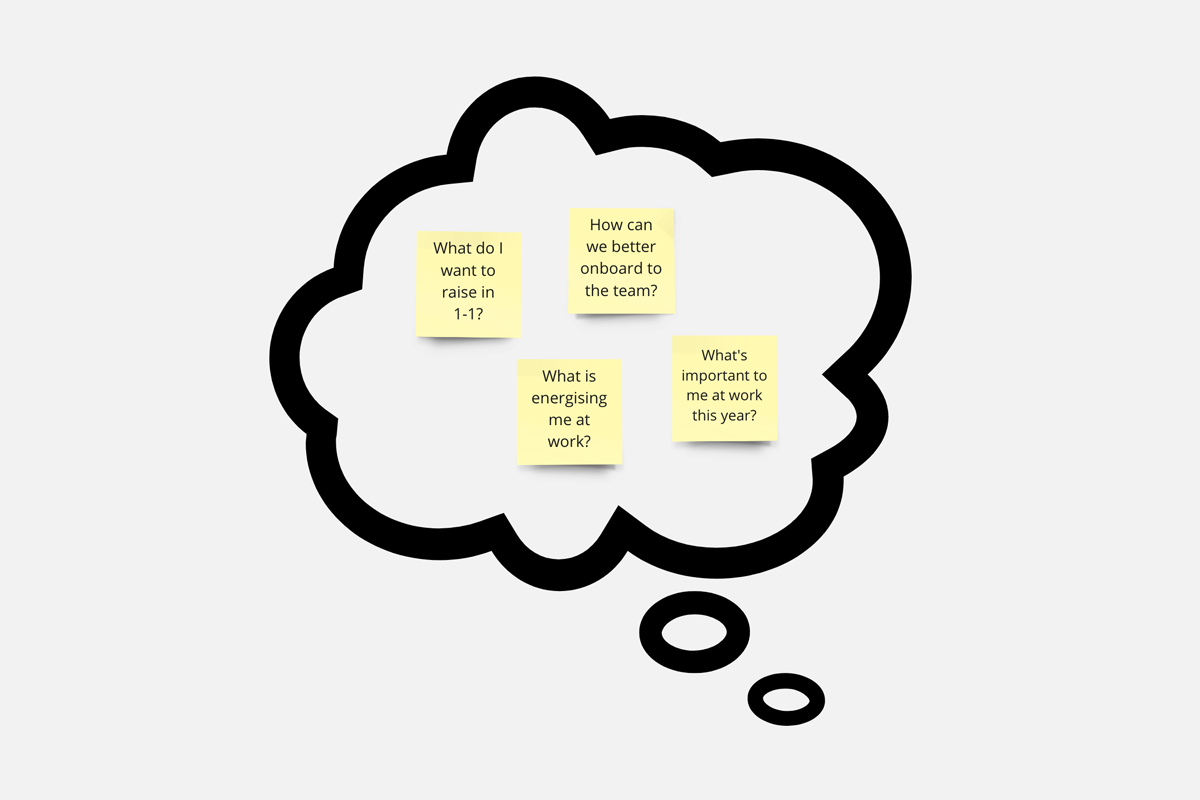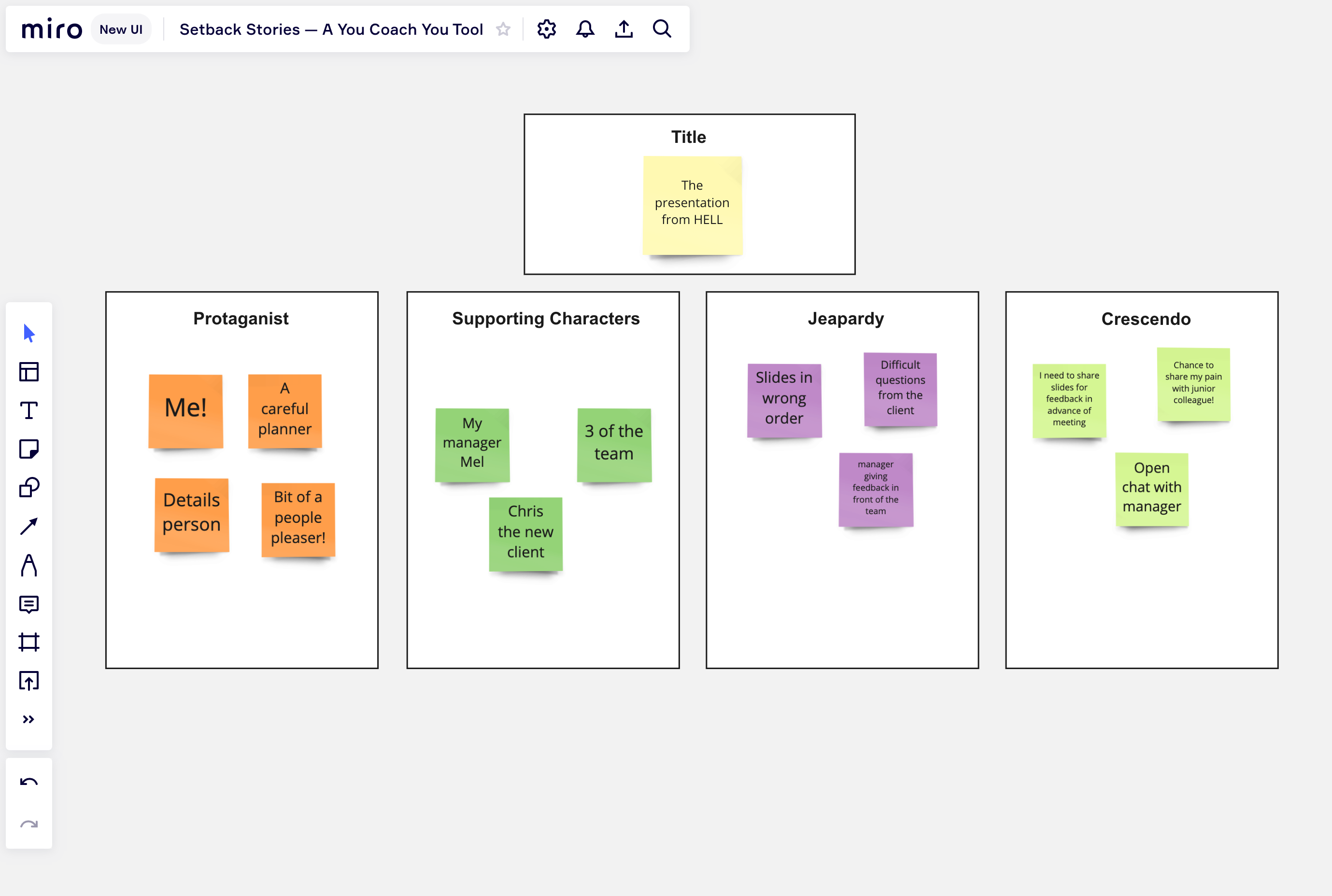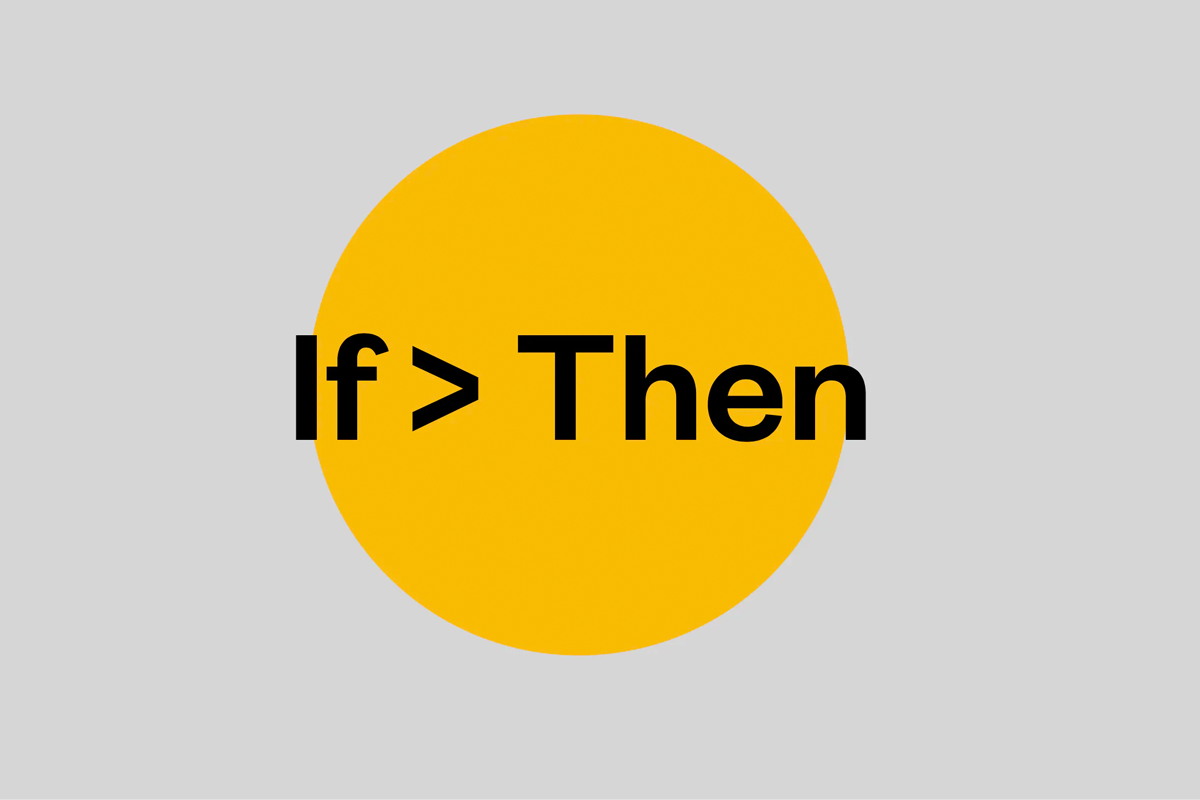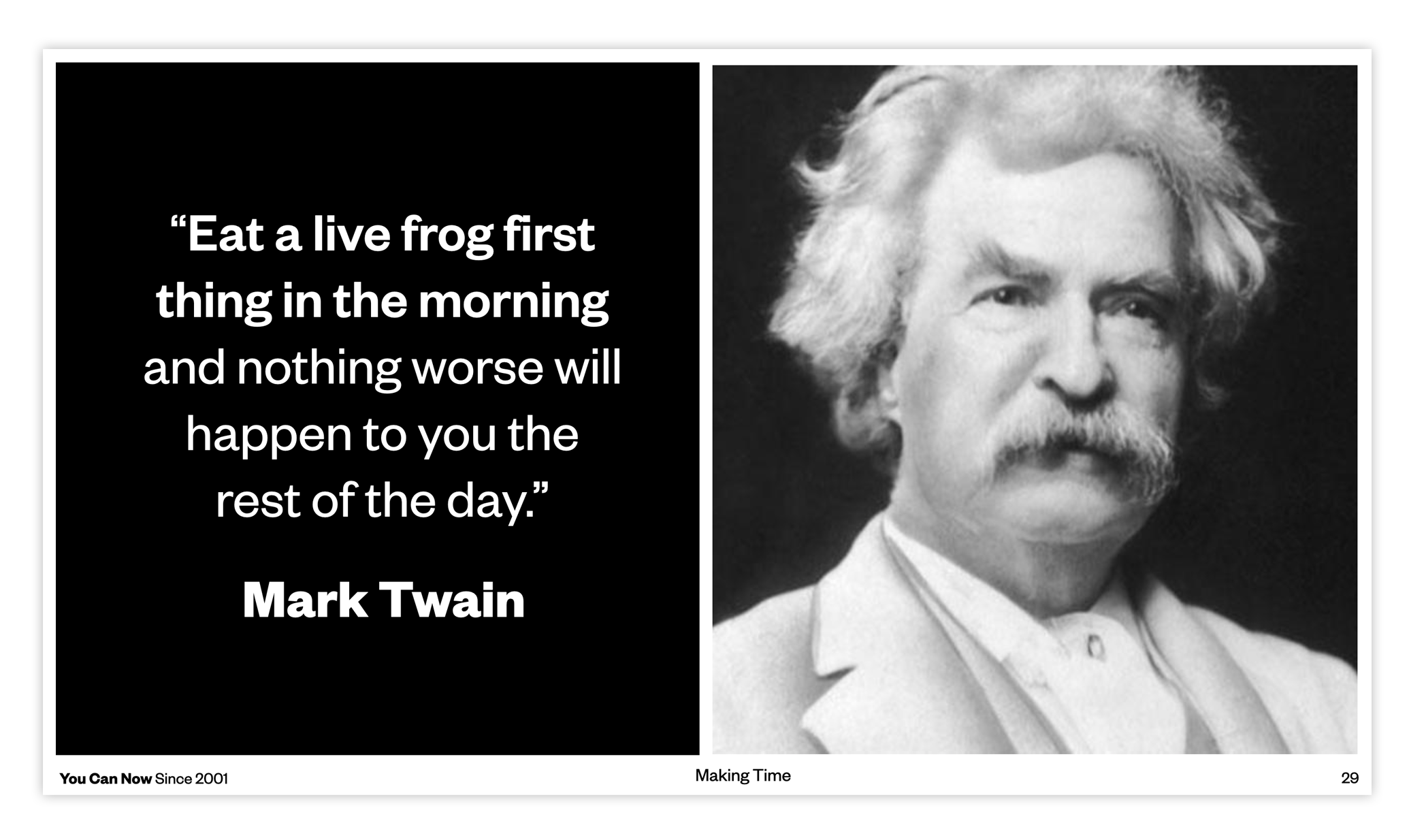For you, new and popular
Experiment with a Springboard Story to communicate your change idea, and take people with you towards it.
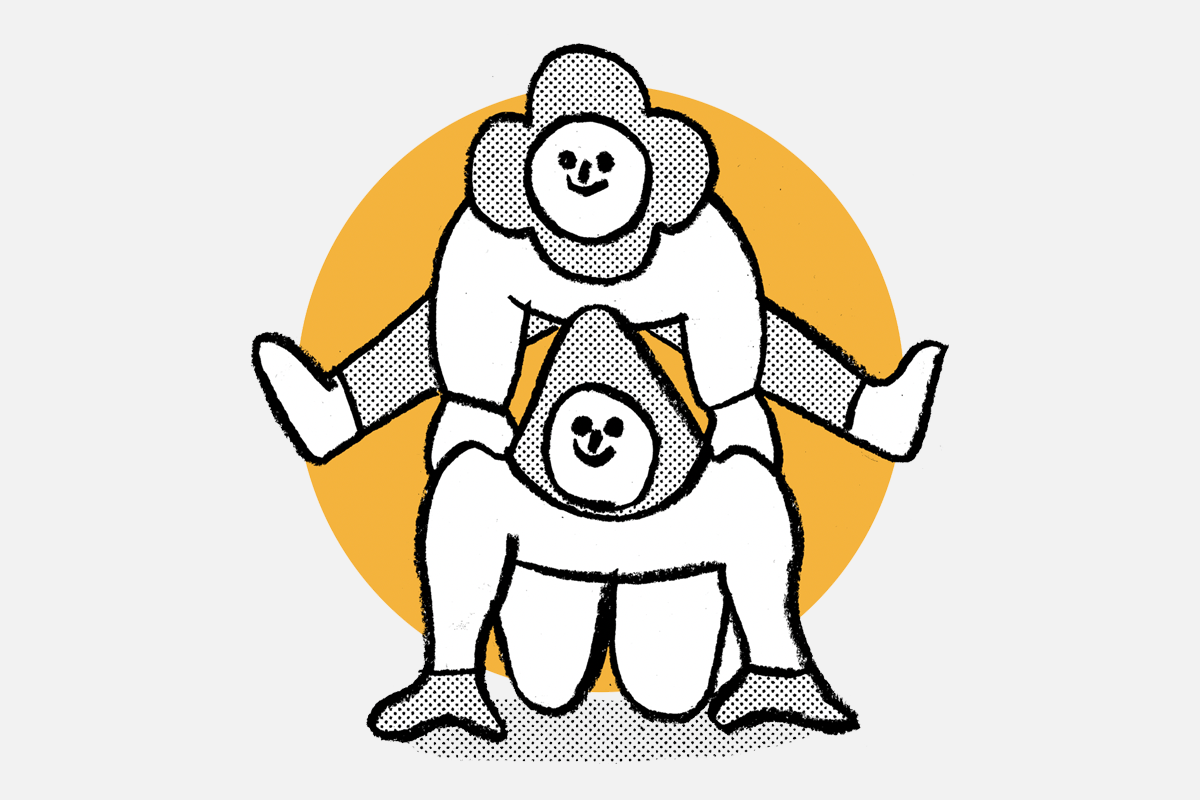
A helpful example
In The Leaders Guide to Storytelling, writer and consultant Stephen Denning shares his own example of a 'springboard story', told to colleagues when he was working at the World Bank. His goal was to better implement knowledge management and communities of practice across the organisation. Stephen wanted to 'spring the listeners to a new level of understanding'.
Read the example below, before we deconstruct its different elements and consider how we could apply them to our own story of change.
-----
Let me give you an example of how knowledge management is working in practice. Just a few weeks ago on the 20th of August, the government of Pakistan asked our field office in Pakistan for help in the highway sector. They were experiencing widespread pavement failure.
The highways were falling apart, and they felt they couldn’t afford to maintain them. They wanted to try a different technology, one that our organisation has not supported or recommended in the past. And they wanted our advice within a few days.
I think it’s fair to say that in the past we would not have been able to respond to this kind of question within this time frame. We might have proposed to send a team to Pakistan. The team might send the report to the government, and eventually — perhaps three or six months down the line — might provide a response. But by then it would be too late, and things would have moved on in Pakistan.
What actually happened was something quite different. The task team leader in our field office in Pakistan sent an email to contact the community of highway experts inside and outside the organisation, one we’ve been building over time, and asked for help within 48 hours. And he got it.
The same day, the task manager in the highway sector in Jordan replied that, as it happened, Jordan was using the same tech and with very promising results. An expert in our Argentina office was working on a report on the topic and was able to share a preview and some relevant genealogy. And shortly after that the head of the highways authority in South Africa, a new outside partner, chipped in with their experience.
So now our task manager in Pakistan was able to go back to the Pakistan government and say ‘this is the best that we’ve been able to put together for you in 48 hours’, and open a conversation about how we can adapt that experience elsewhere.
And now that we’ve discovered that we as an organisation know something about a subject we didn’t realise we knew anything about, we can incorporate that into our growing knowledge base so that anyone in the organisation can tap into it, any time from anywhere. And what if we could open this up to everyone outside the organisation via the web. Imagine the kinds of conversations that could kick off.
The main elements of a Springboard Story
Do you feel Stephen included all the elements below in his knowledge sharing story? How might he have better dialled some up?
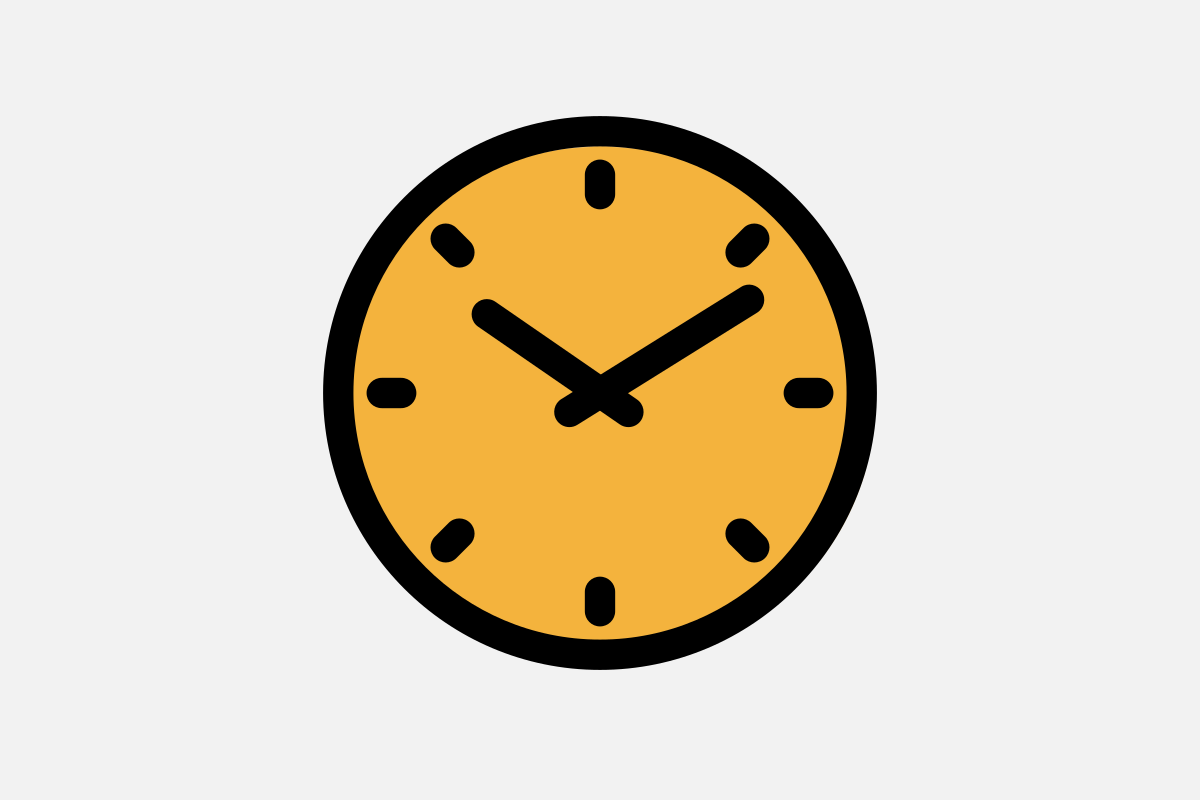
Being clear on the time and place
The first point in those listed above is a really important one. Stephen explains that in storytelling the little things can make a big difference — and that, when telling a springboard story, being really specific on the timing of things happening is critical. It signals to your listeners that 'this story really happened!'
Compare, "I'm going to tell you a true story..." with "In June of 2019 I was asked to investigate the opportunity to open an office in New York..."
Some reflection questions
Stephen shares these helpful prompts for keeping our Springboard Stories on track, and helping them stick in minds.
Practice makes perfect
Once you've a version of your Springboard Story you feel good about, you can start to share it. Read it out loud to yourself (here's a nice short film on that point) first to check it sounds natural and authentic to you. Strip out the jargon, keep it simple, get feedback as you go and polish it over time.
And we experiment with the Springboard Story in our Leading with Stories workshop. You'll find future dates for that here.






